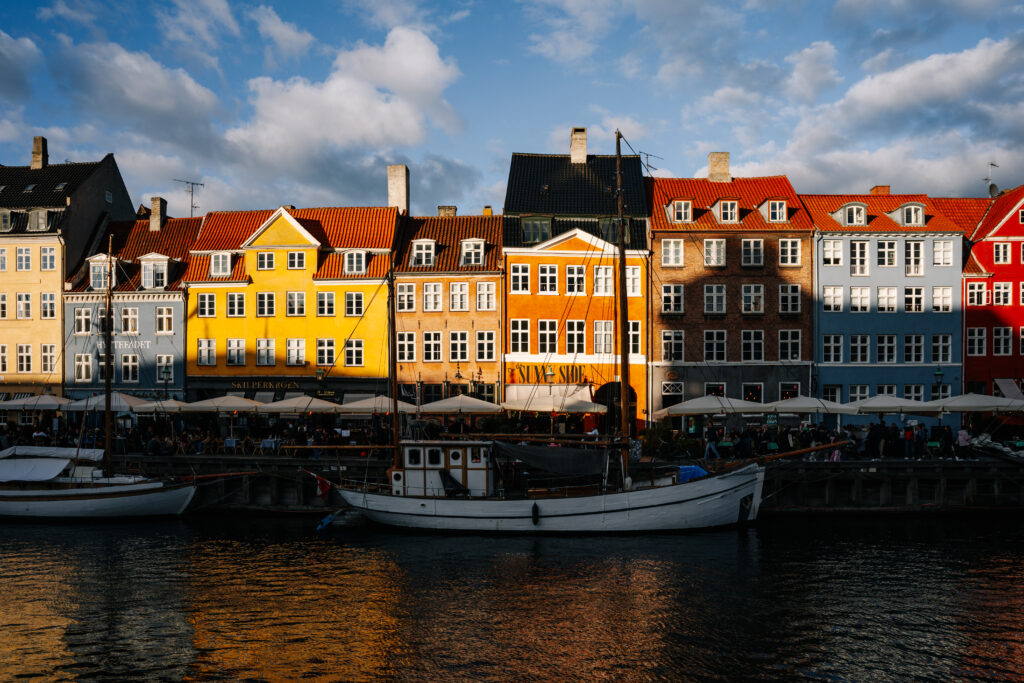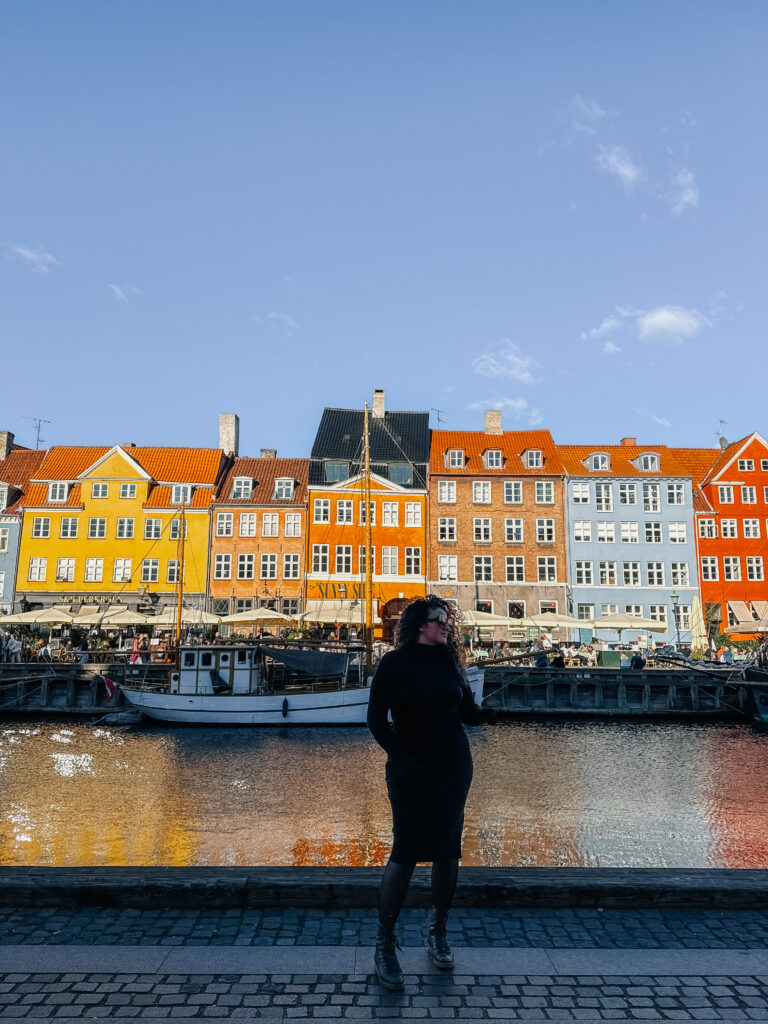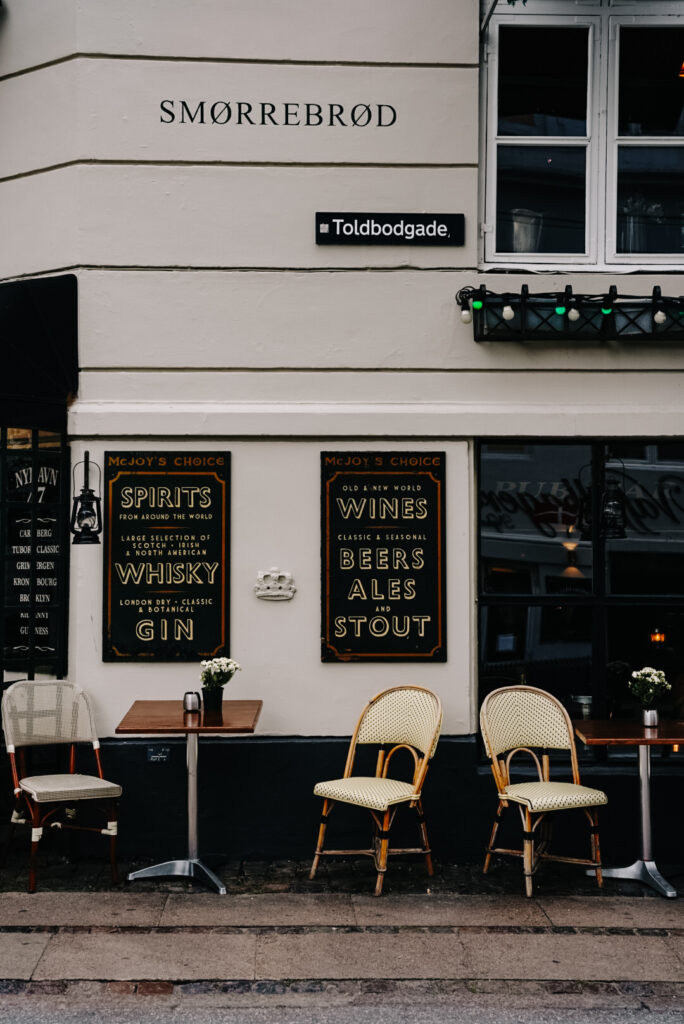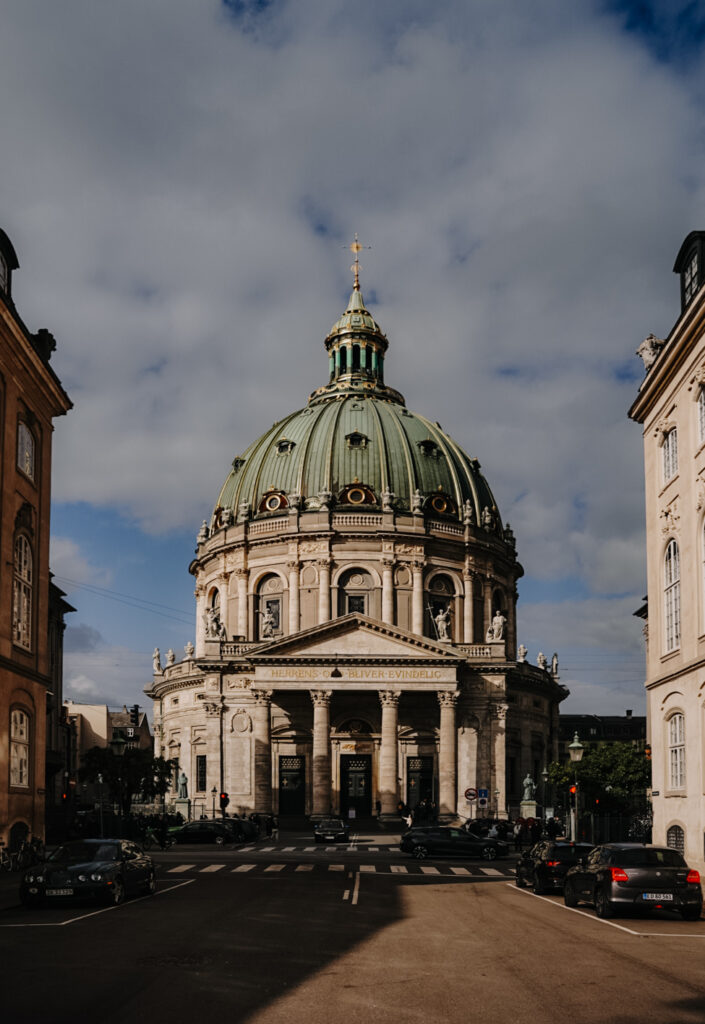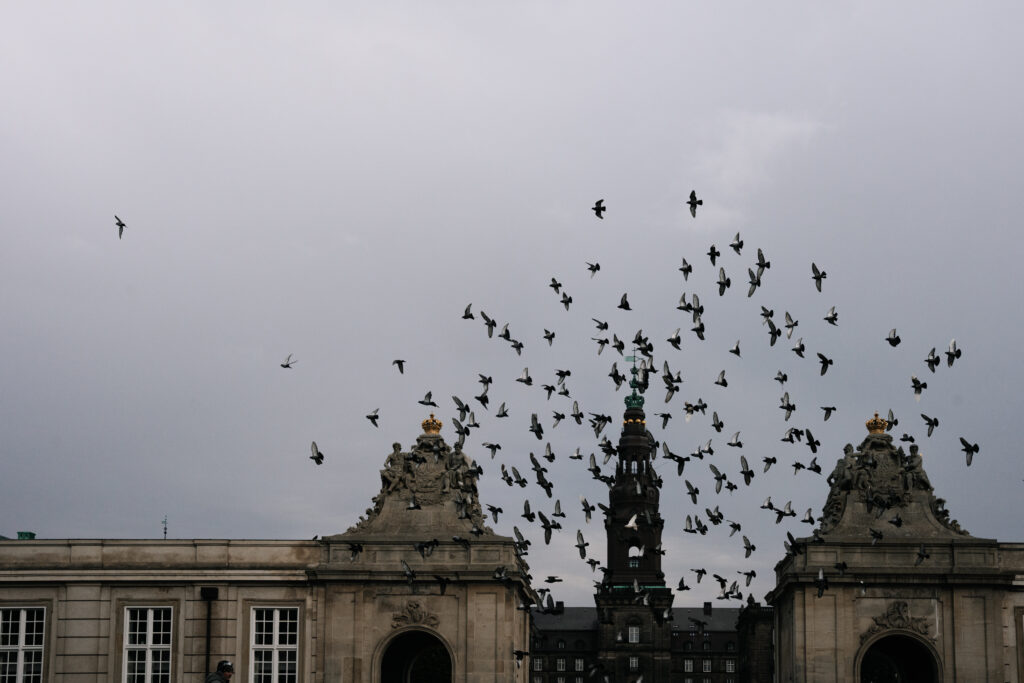The Copenhagen autumn gave me a beautiful October-birthday weekend.
What to see in Copenhagen, the kingdom of design, a labyrinth of art, good food, beautiful shops, and cozy cafes? Before I dive into that, let me share a few words about Copenhagen and what captivated and intrigued me most in this unique city.
Development – that’s the first word that comes to mind when I think of Copenhagen. Not just design, aesthetics, and beautiful spaces, not cardamom buns, or bicycles or canals, but rather the development of civilization.
Personally, I believe Copenhagen represents the highest level of urban civilizational development. It's not just about cafes, bikes, blankets, and candles. The entire hygge philosophy seems to be a byproduct of this development, which revolves around good living, comfort, and meeting needs. Everything is made for people, for comfort, and for the pleasure of a good, comfortable life.
It seems that the phenomenon of Danish aesthetics is about ensuring that public spaces are both functional and beautiful. Aesthetic and artistic issues are socially important, education strongly develops sensitivity, and because of that, everything here is so lovely, aesthetically pleasing, and simply delights the eye.
For Danes, design is not just about furniture design, home accessories, or functional craftsmanship, but also about creating comfortable public spaces, incredibly inspiring yet simple and beautiful interiors of cafes, and the colors of buildings.
On one hand, there are creative, innovative solutions like the automated metro or Copenhill (a waste-to-energy plant with a ski slope on its roof!), and on the other, there’s simplicity, the celebration of everyday life, natural materials, cozy interiors, communal cooking, and enjoying time spent with loved ones. And in between all of this, architectural wonders like this gas station designed by Jacobsen.
Copenhagen also reflects a tremendous sense of trust, a strong sense of belonging, and fairness: proof of an internal compass for honesty are self-service markets, unlocked bicycles, and babies left in prams outside cafes in winter. A Danish friend told me that not long ago, when he was a child, people would leave their doors unlocked when they went to work.
Do tego bliskość morza i infrastruktura rowerowa pozwalają poczuć się częścią tej pięknej miejskiej tkanki spacerując lub jeżdżąc na rowerze. Nawiasem mówiąc to niewiarygodne, jak dobrze można zaprojektować miasto pod rowery i pieszych. Polecam takie właśnie nieśpieszne zwiedzanie na piechotę lub wypożyczając rower. Co zatem zobaczyć, planując kilkudniową wycieczkę do Kopenhagi? Zapraszam do wpisu!

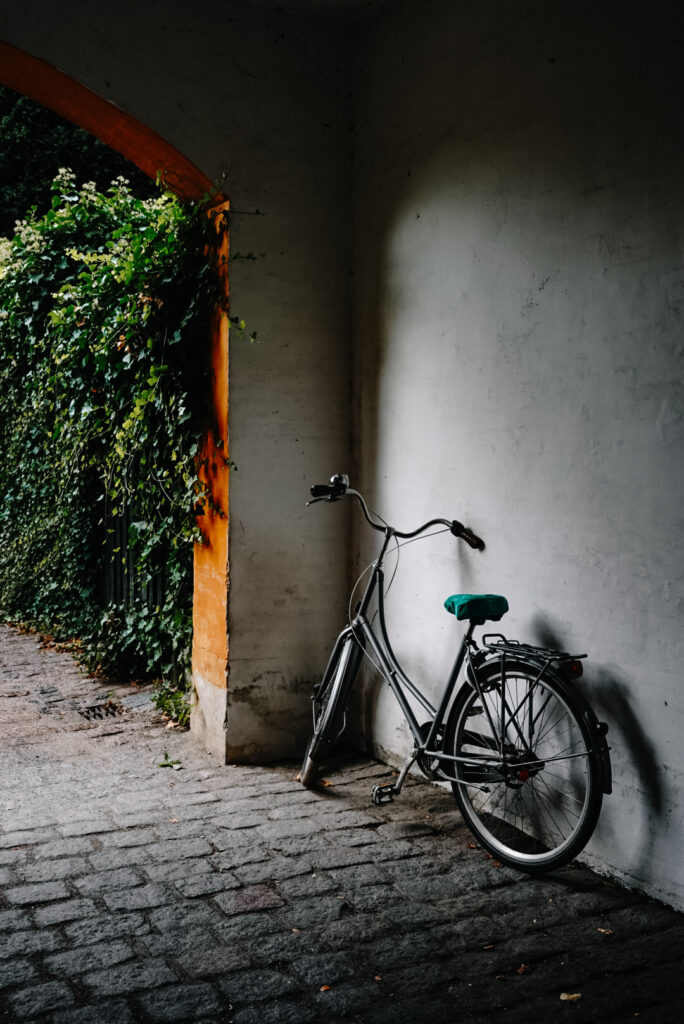
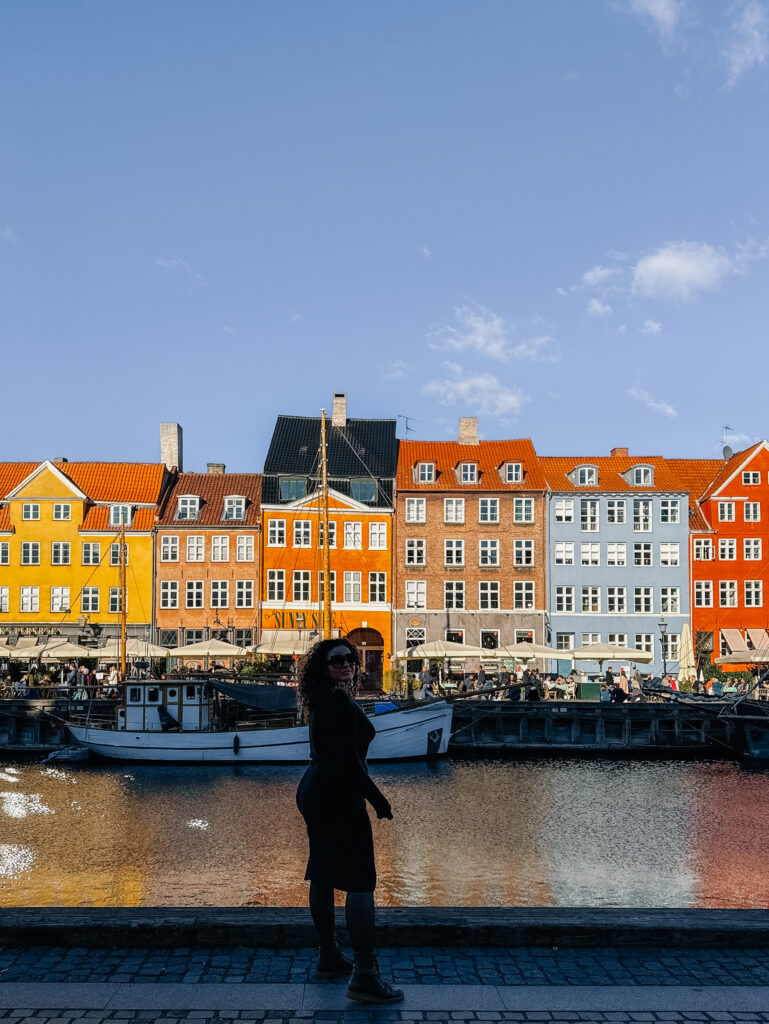
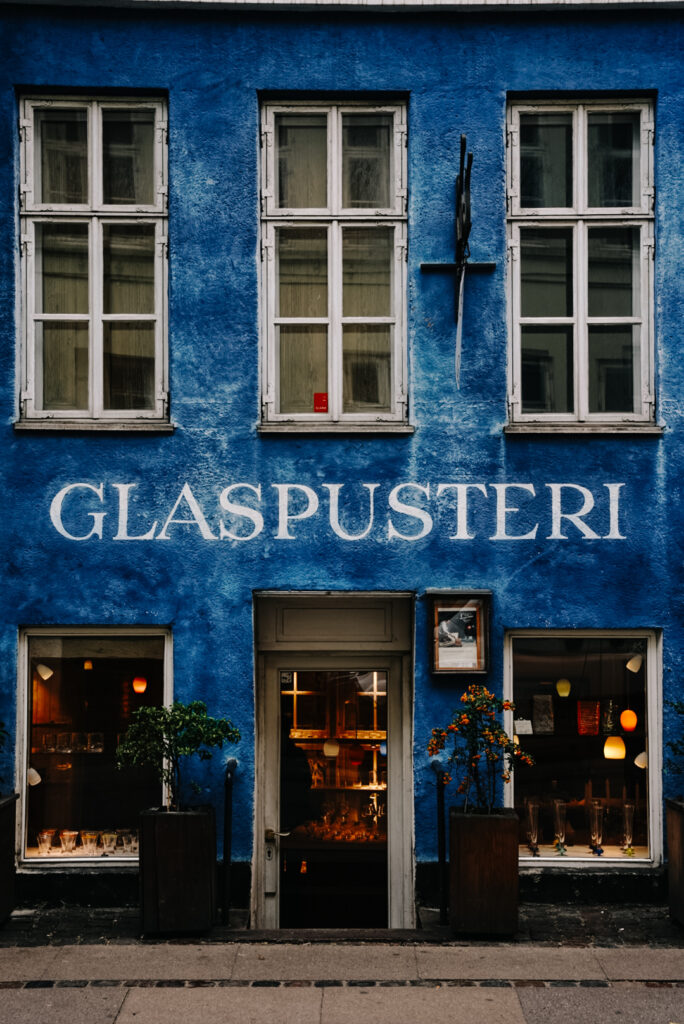
The most beautiful museum I've ever been to, and a completely innovative way of experiencing museum space.
Located right by the sea, it combines art, nature, and architecture in a unique symbiosis. I'm not sure what’s more special: the building itself, made from natural materials and colors like wood, glass, steel, and marble, its picturesque location blending seamlessly with the surrounding cliffs and garden, or the art collections inside. The greenery almost invades the building.
What makes the impression so striking is that you wouldn’t expect such long corridors when looking at the unassuming building surrounded by old trees. The setting is quite romantic and cinematic, and it never crossed my mind that hidden corridors conceal so many works of art.
Wooden pavilions, glass walls, views of the strait, cliffs, and a beautiful garden. People lie on the grass, as the lawns are not fenced, except for a few areas where sculptures are displayed.
At Louisiana, you can clearly see the level of trust the institution has in its visitors – even the sculptures in the pavilions aren’t fenced off.
There’s also a restaurant with a sea view. It’s the perfect spot for a picnic, a date, or a relaxing walk.
The museum is just an hour’s train ride from the station in central Copenhagen. You can find more practical information on the museum's website.
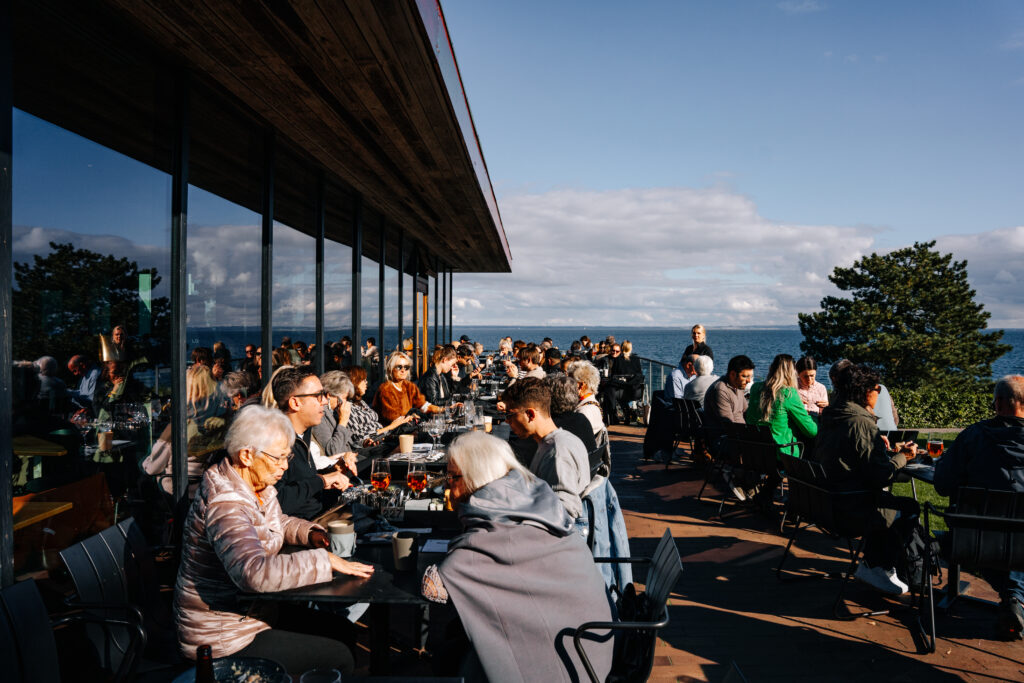
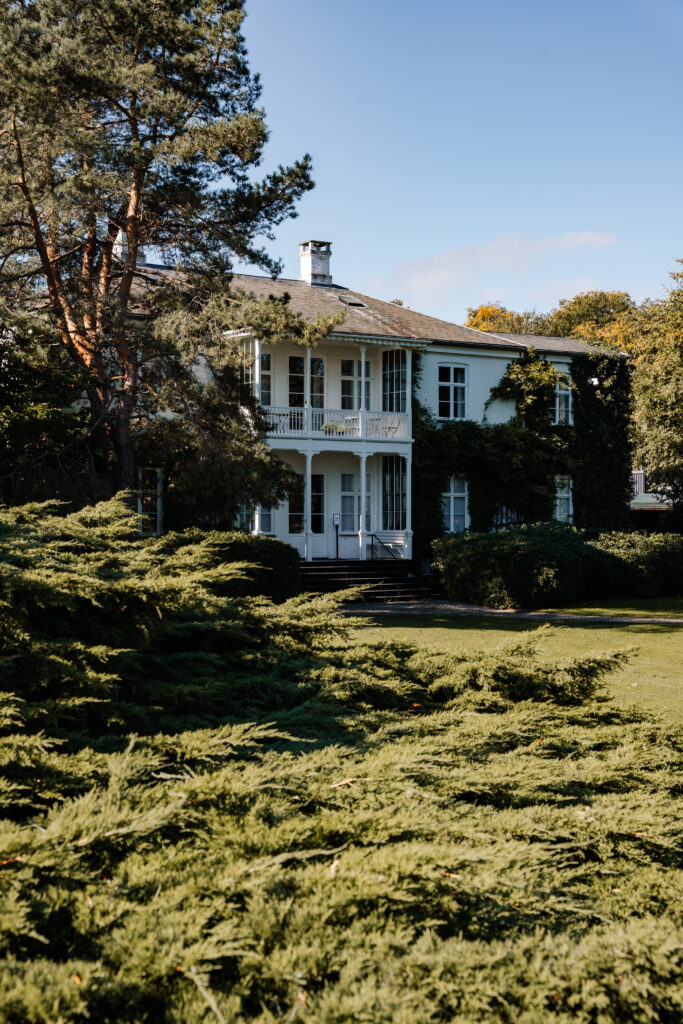
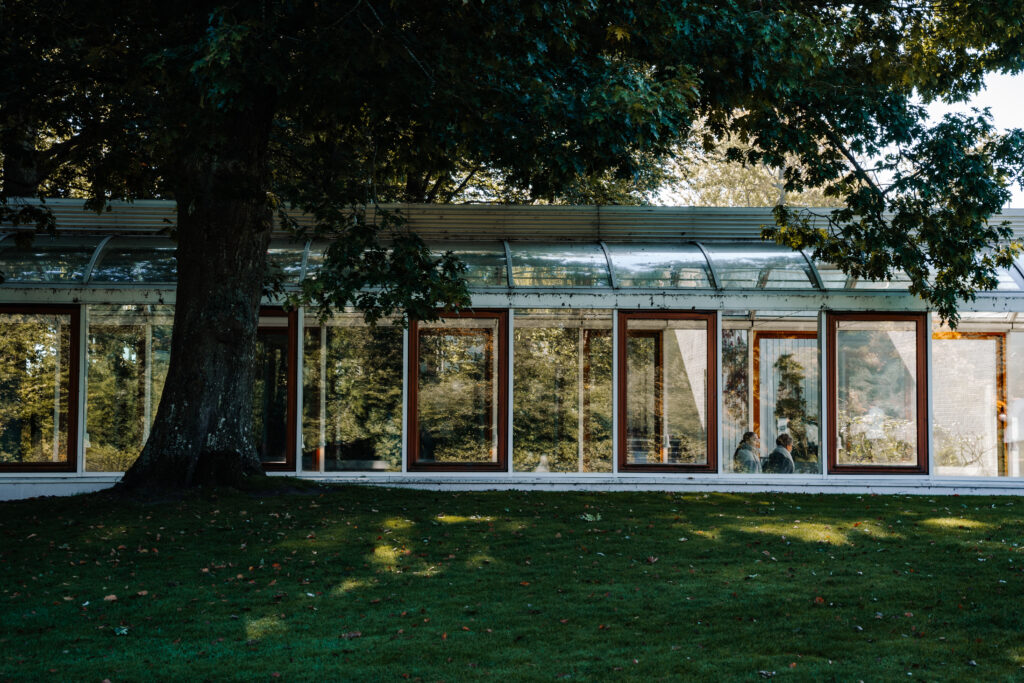
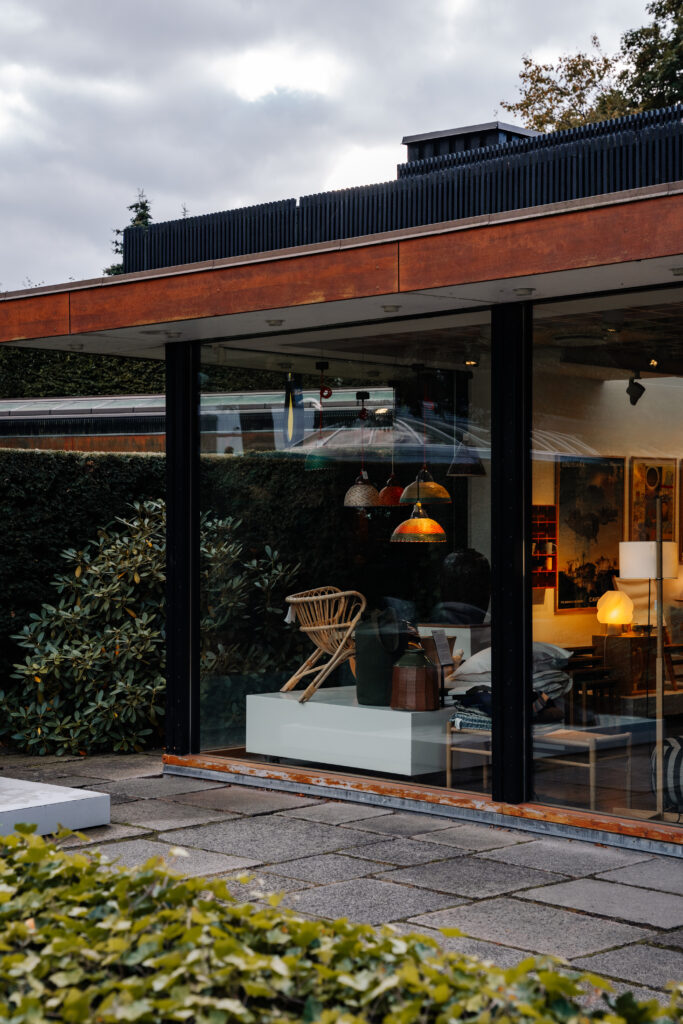
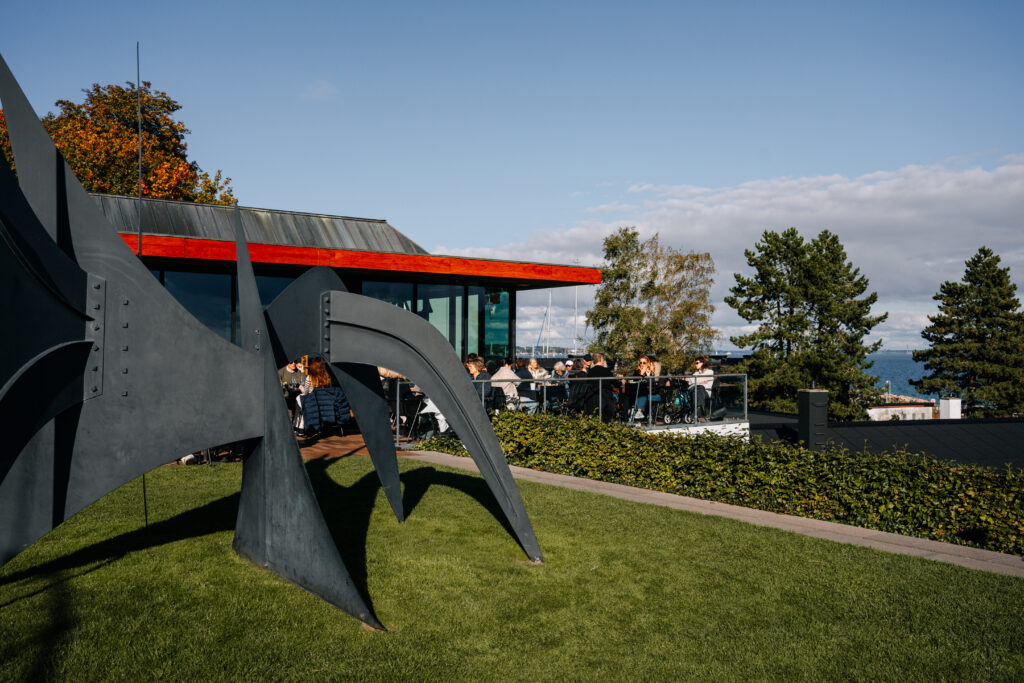
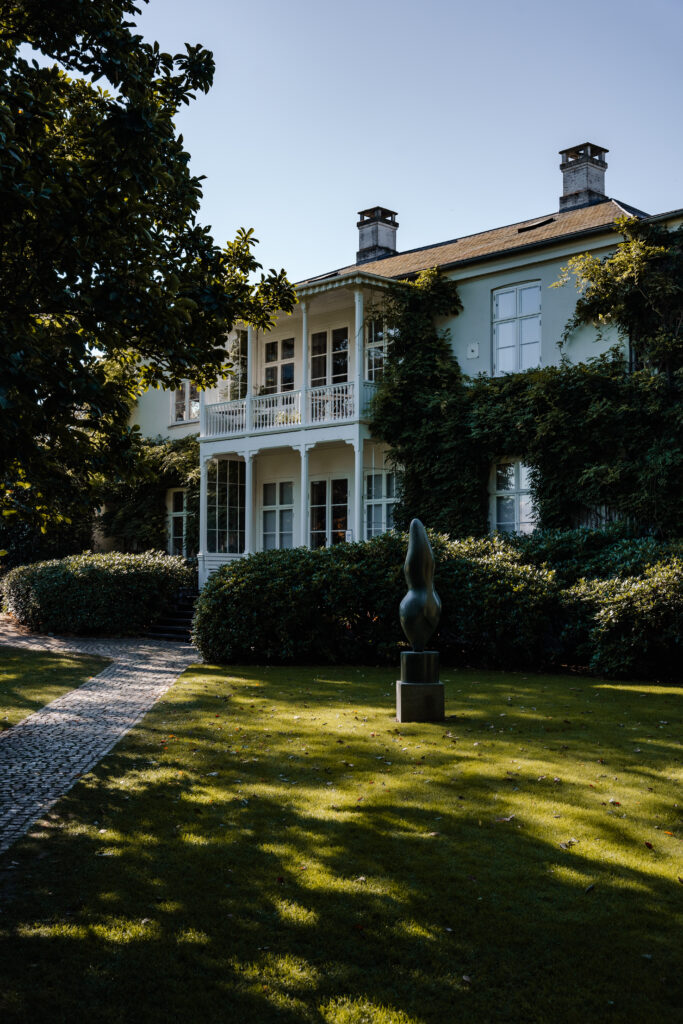
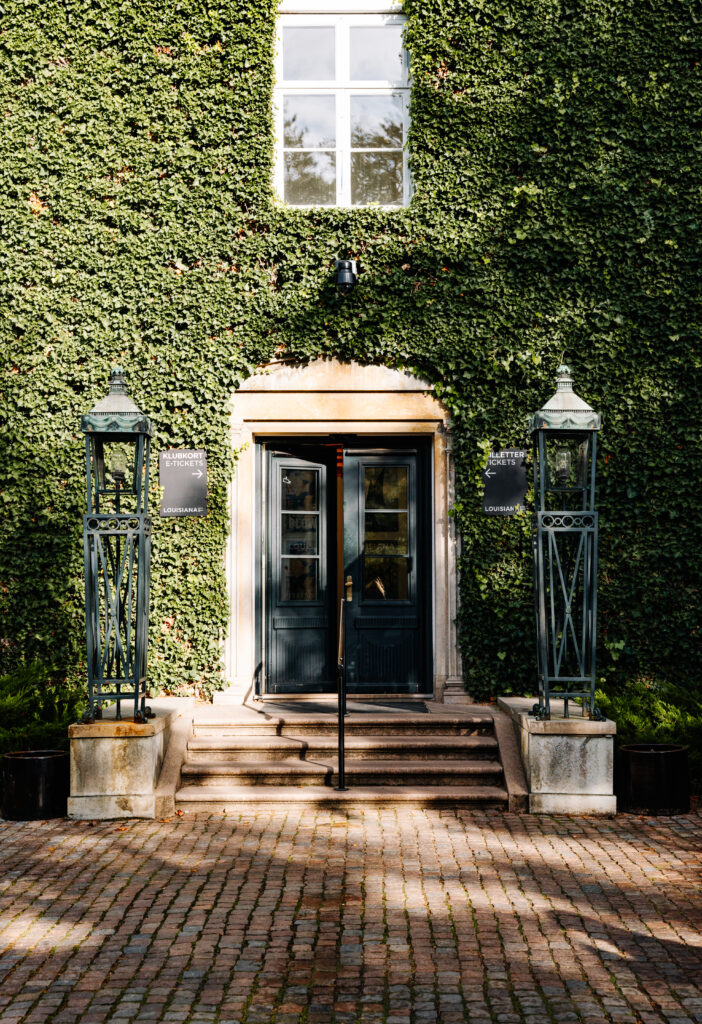
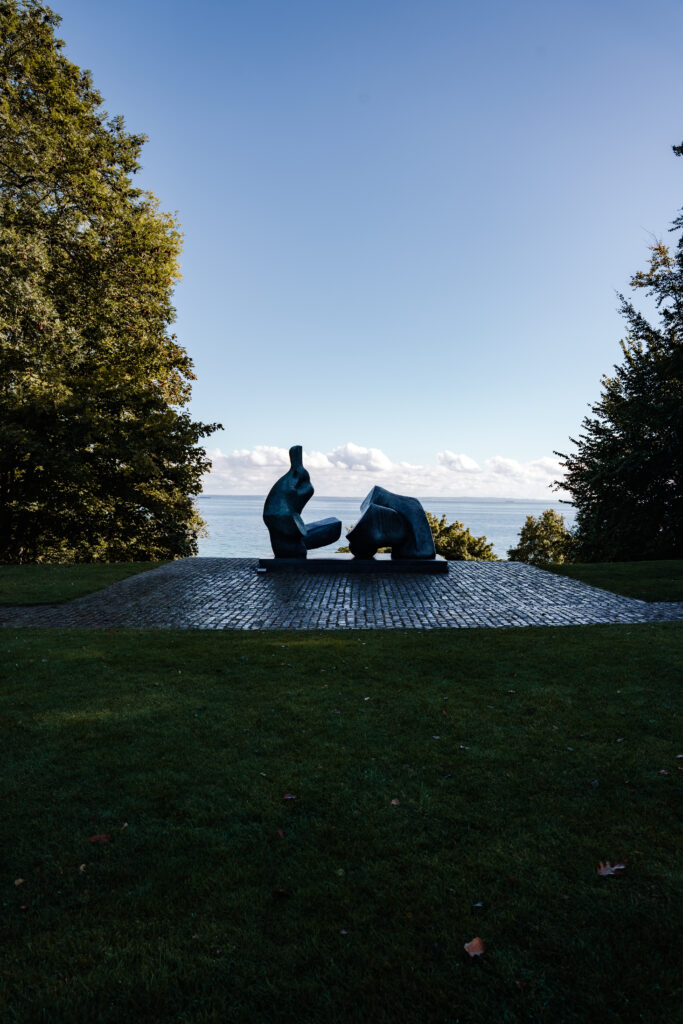
Two market halls in the city center, where you can find local delicacies, fresh produce, and international cuisine. Torvehallerne hosts dozens of food stalls where you can try both local and less local flavors. Besides that, there are stalls for small shopping trips. You’ll find stands with fresh vegetables, fruits, flowers, seafood, bread, alcohol, sweets, and drinks. You can eat everything here: street food, smørrebrød, herring, oysters, fish, hummus, grilled vegetables, sausages, omelets, tortillas, shrimp, burgers, sushi, pastries, cheeses, and wine.
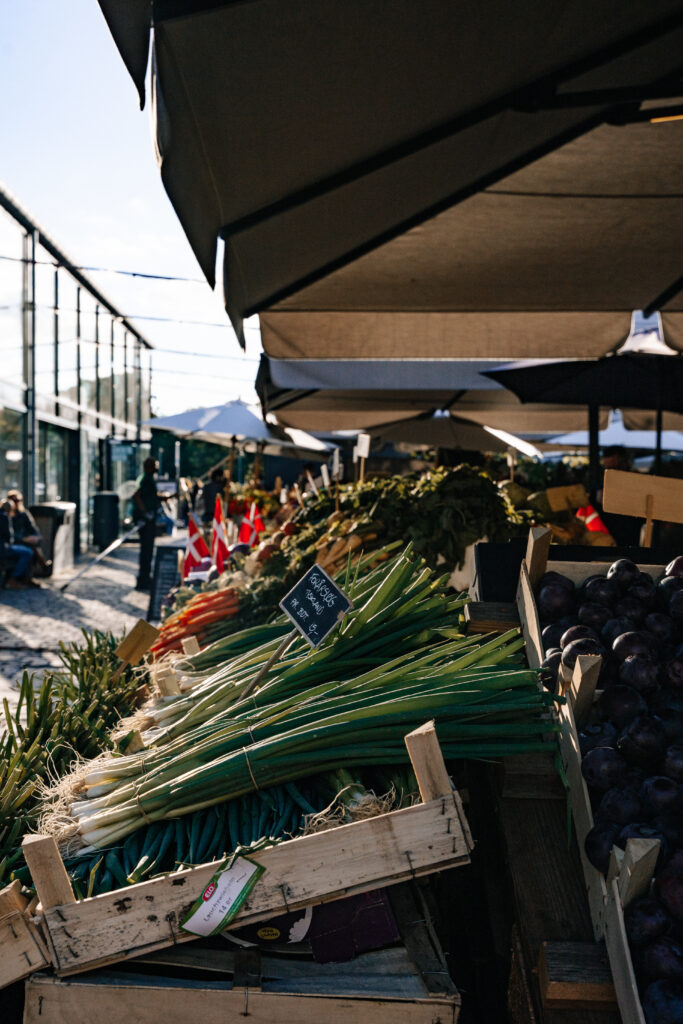
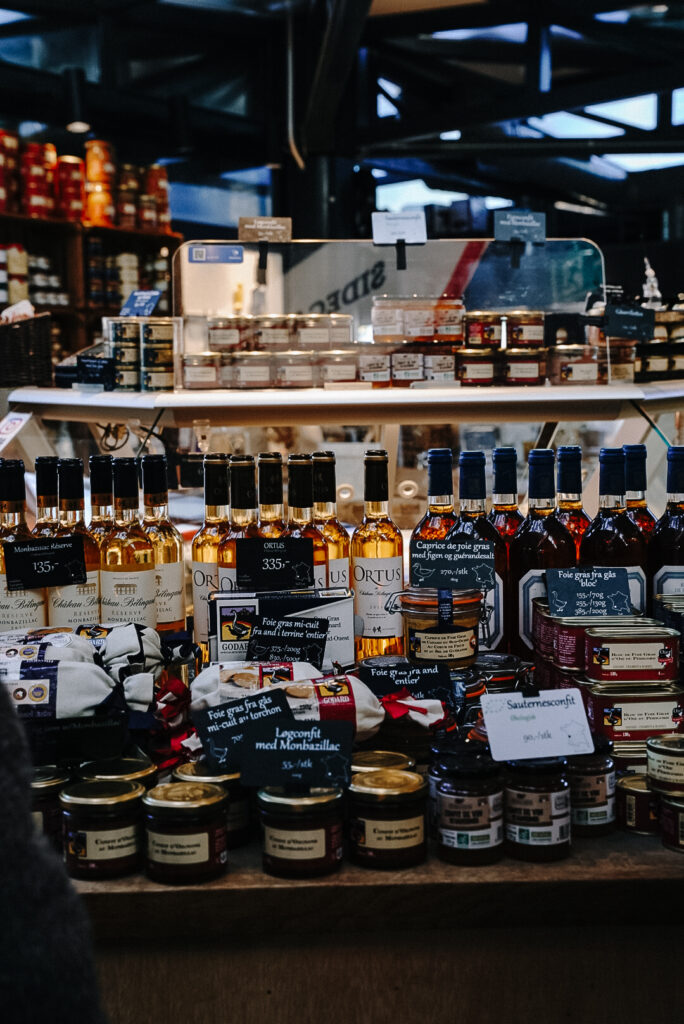
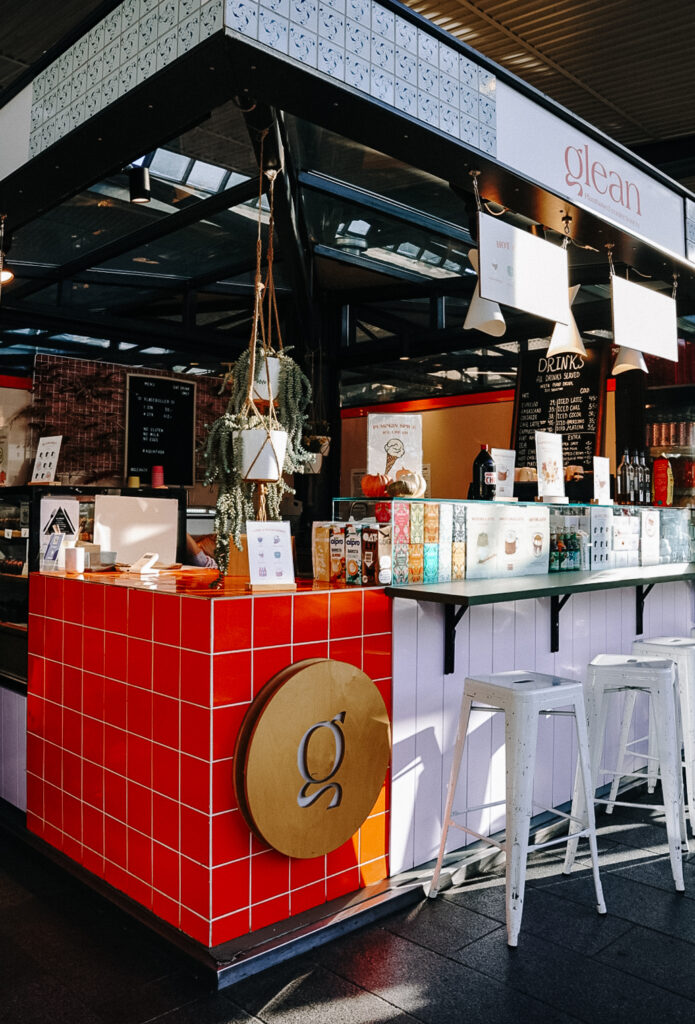
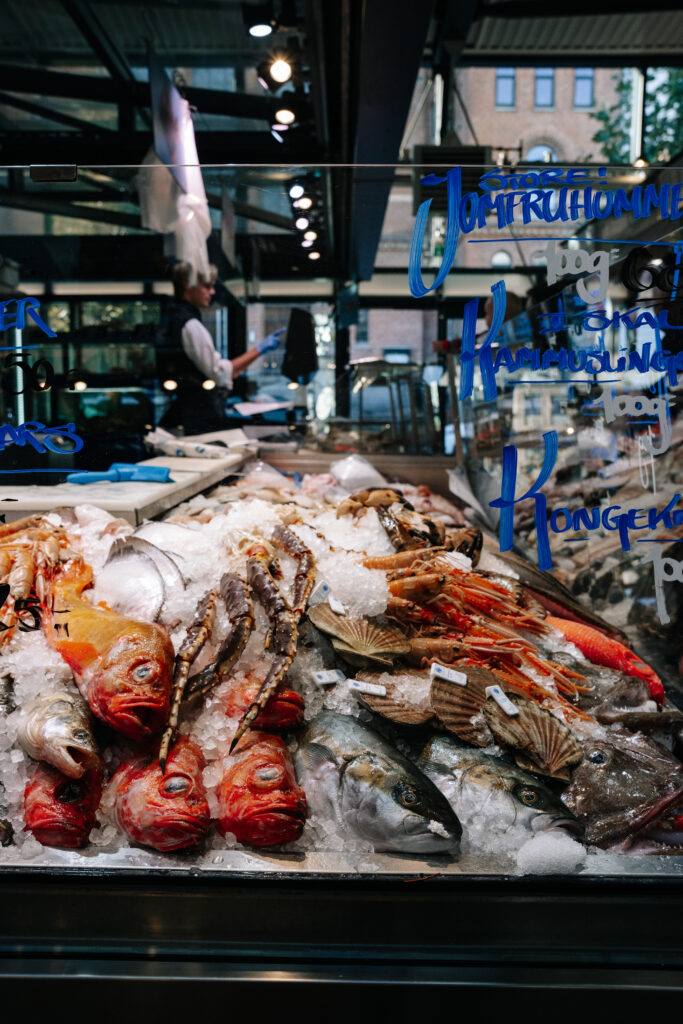
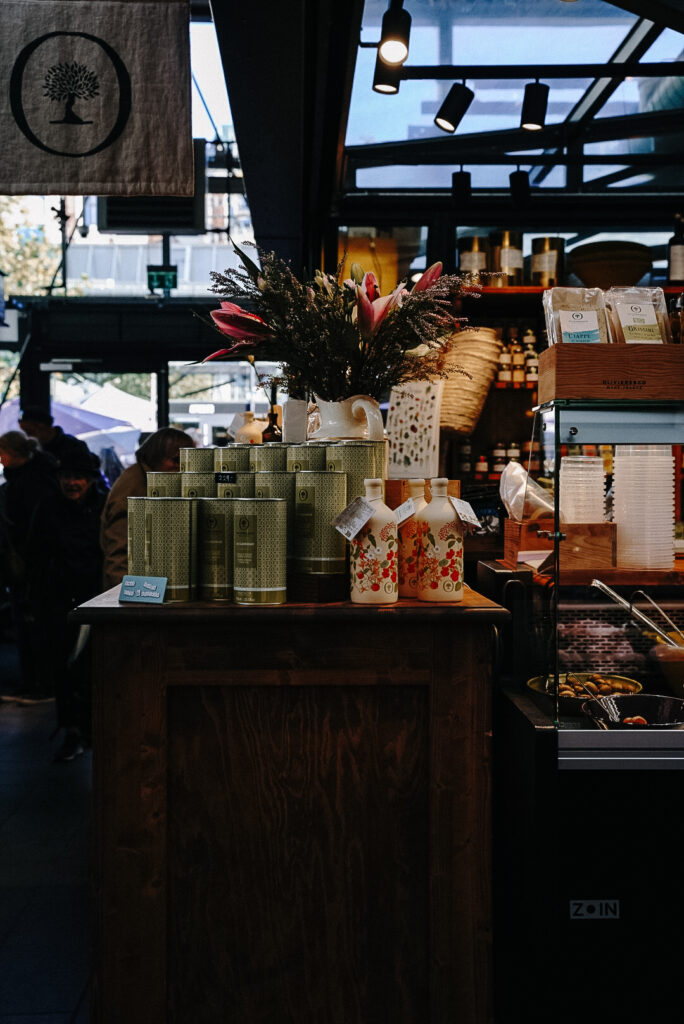
Danes are creative and come up with truly innovative solutions. While automated metros are already running in other countries (e.g., line 4 in Paris), a waste-to-energy plant with a ski slope on its roof is a very groundbreaking idea.
It’s a unique combination of ecology and entertainment. Copenhill, created in 2017, is considered the cleanest incinerator in the world. The year-round ski slope on the roof is just one of the highlights – on the side of the building, you’ll also find the world’s largest climbing wall, standing 85 meters tall!
Besides the ski slope at the top, there’s a café with a terrace and a viewpoint. From Copenhill, you can admire a brilliant view of Copenhagen. It's a must-see for outdoor activity fans, and definitely worth visiting while in Copenhagen.
A ski slope with a view of the city, and beneath it, a modern waste incineration plant and power station – it's a lively and literal celebration of civilizational development.
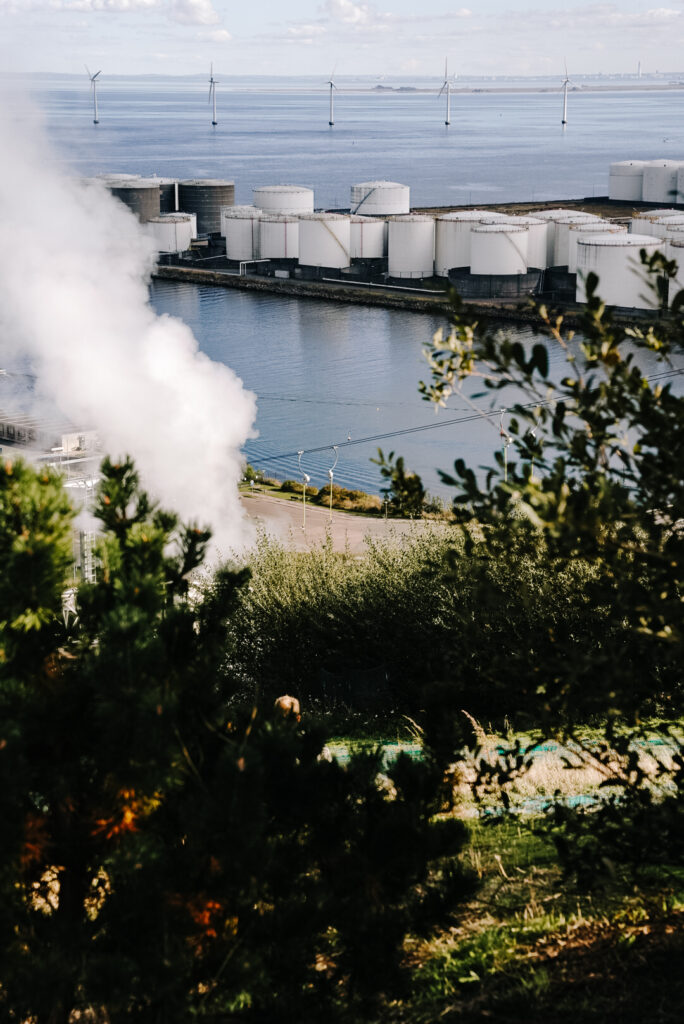
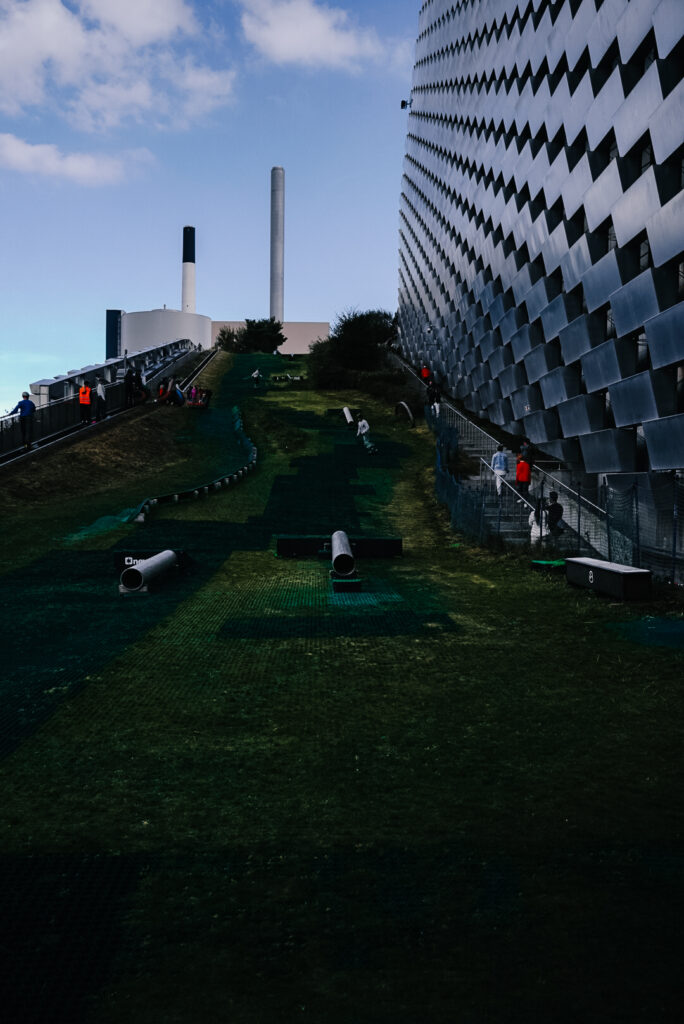
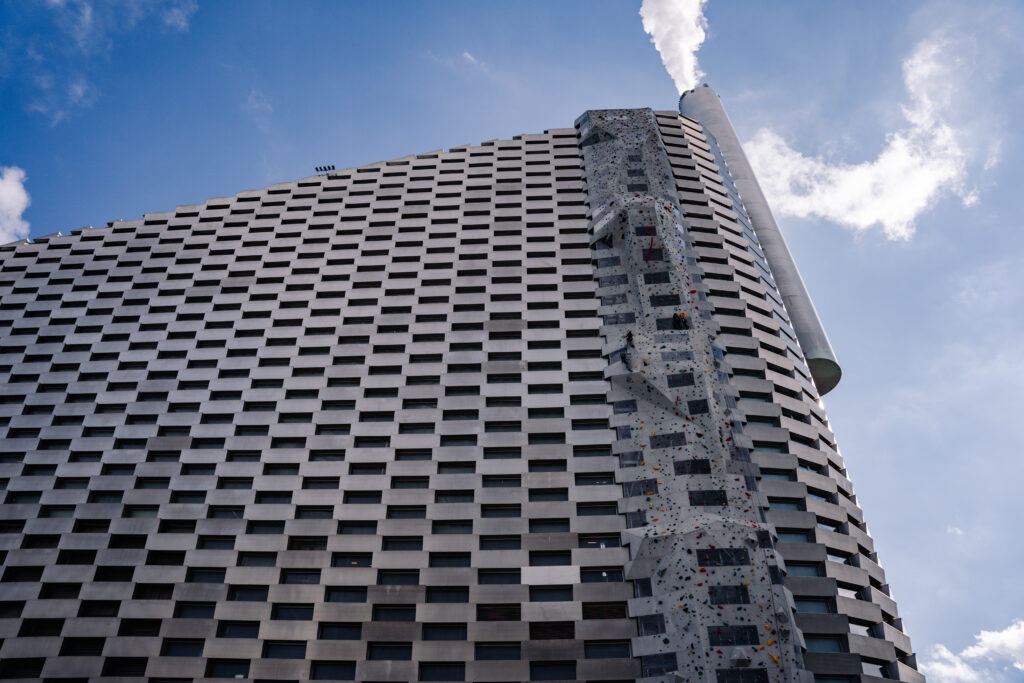
A hidden gem in Copenhagen and a must-see for design lovers.
Hotel SAS (now Radisson) is an unassuming skyscraper towering over Tivoli Gardens. However, it hides an extraordinary space that embodies Arne Jacobsen’s vision – timeless harmony, elegance, and Scandinavian minimalism from the early 60s. This space has remained unchanged since the hotel’s opening. Interestingly, it’s the first and only hotel designed entirely by one architect, from the building's structure to the cabinet knobs and door handles.
Make sure to visit the iconic Room 606. It’s a mid-century modern architectural gem and a masterpiece of Scandinavian design, a place you won’t find in standard guidebooks.
Room 606 froze in time in 1960. The original Jacobsen décor is the essence of Scandinavian design: the iconic Egg and Swan chairs, green furniture, wooden panels – all in perfect harmony of materials. Jacobsen designed everything: from the building’s structure to the furniture and even the tiny details of blinds and cabinet knobs.
It’s the only room in the hotel that hasn’t been modernized, and it’s preserved in its original state. It was available for sleeping until 2010, and today it remains closed to hotel guests. I had the great pleasure of seeing Room 606 and taking an aesthetic journey back in time, thanks to the kindness of the Radisson hotel staff.
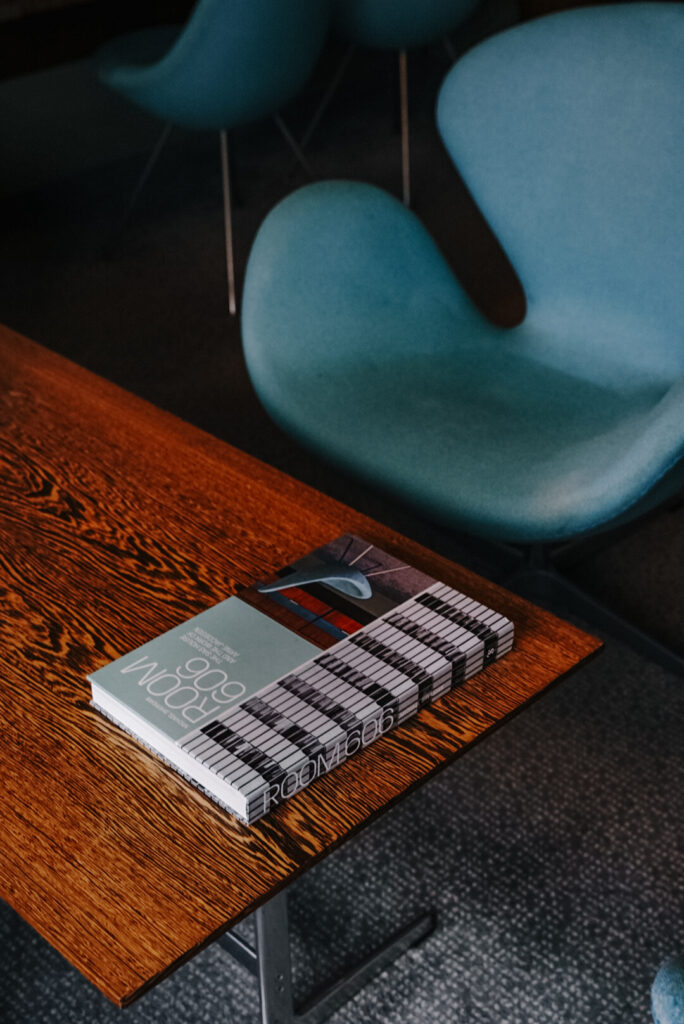
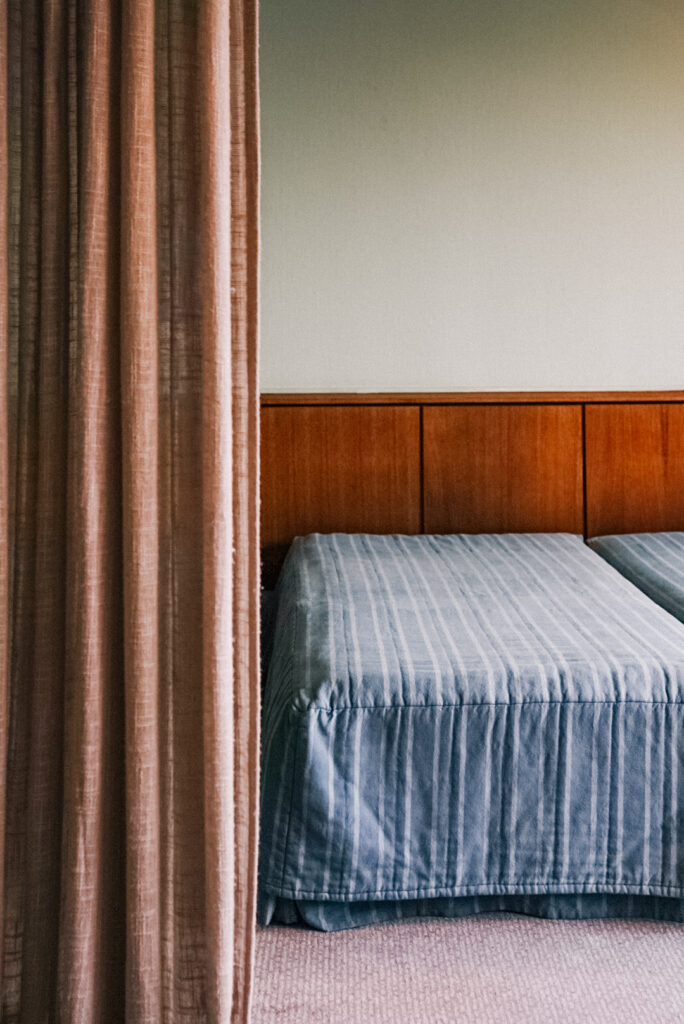
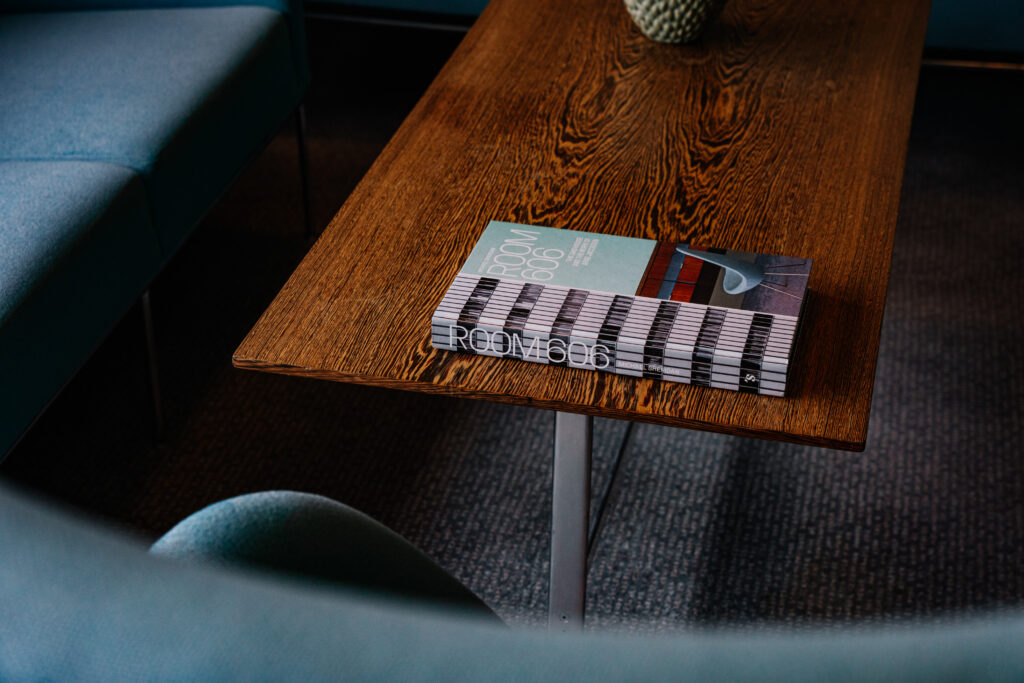
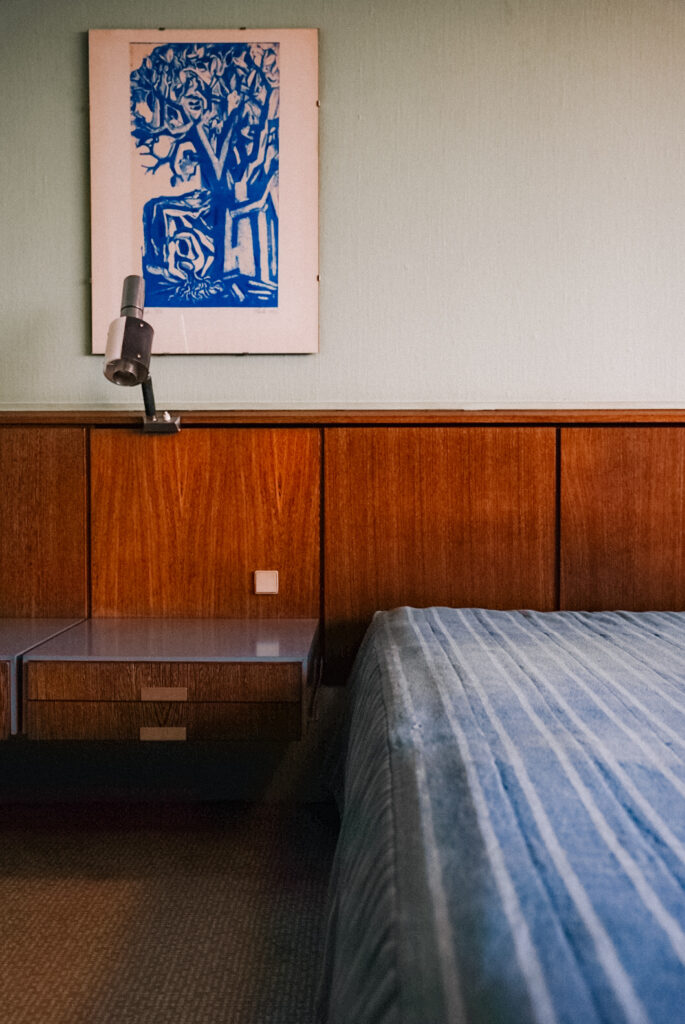
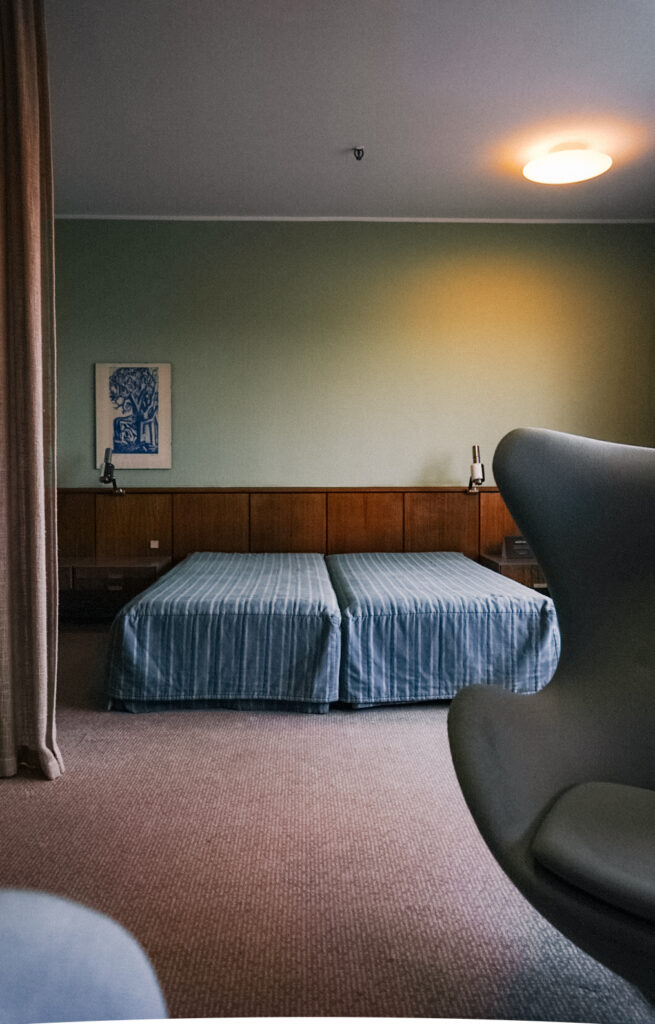
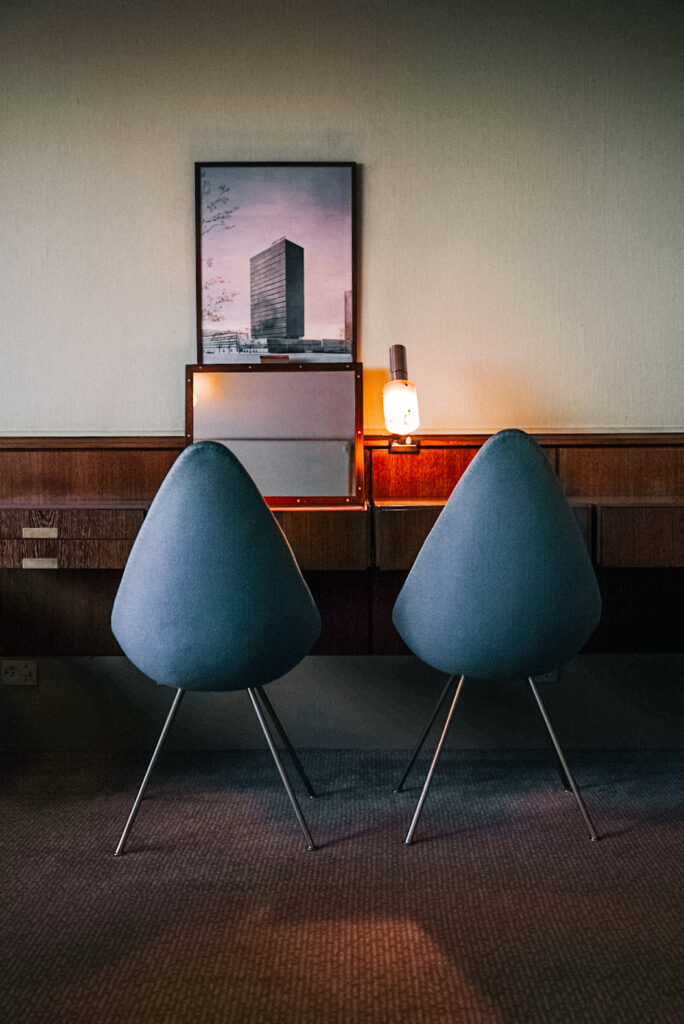
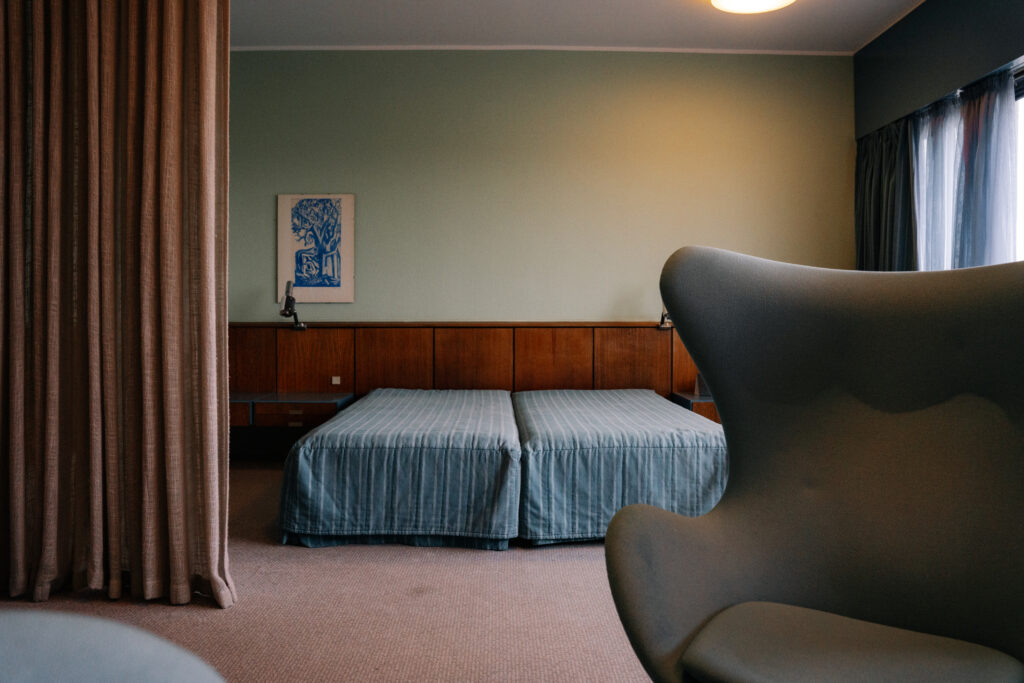
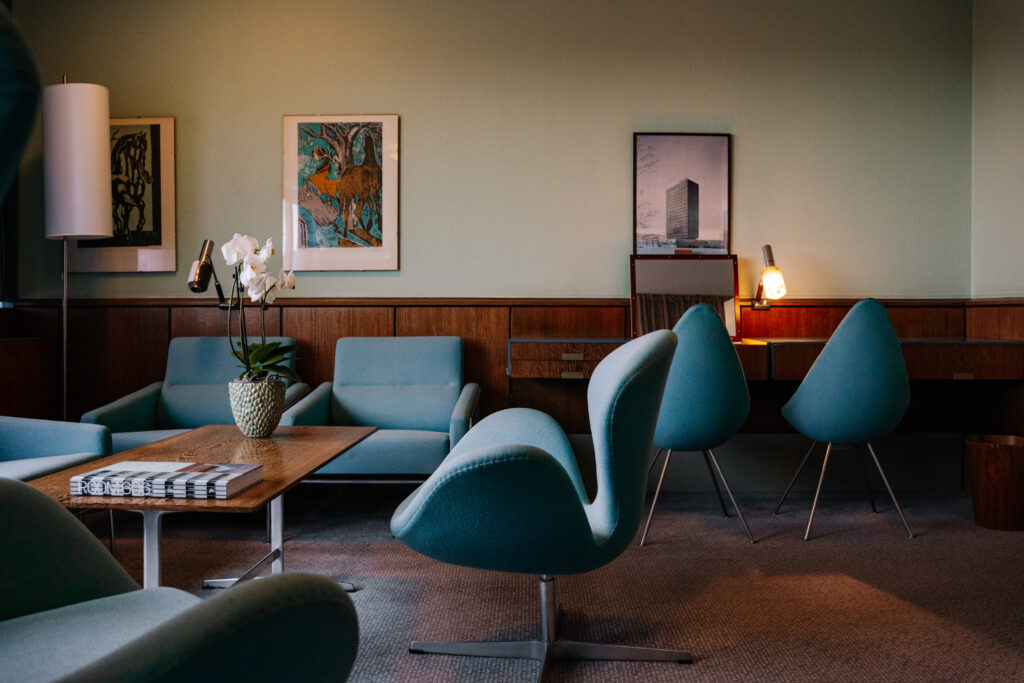
On the streets of Copenhagen, somewhere between the modern library building and the modernist SAS hotel, there’s a space for new designers and shops offering Danish design, both classic and contemporary.
Shops with designer furniture, clothes, bags, lamps, concept stores, designers, Danish lamps, unique chairs, and decades of experience—could there be a better place for shopping and seeking inspiration to create beautiful interiors or a timeless wardrobe?
The number of beautiful boutiques is one thing, but all the shop windows and interiors are excellently designed. It’s not about showcasing products, but about the entire experience of being in these spaces and designing experiences. The shop windows here are an essential part of the urban space, and the commercial and shopping spaces are pleasant, simple, colorful, and lovely.
If you're short on time, be sure to visit Hay House, Klassik, and Carl Hansen & Son.
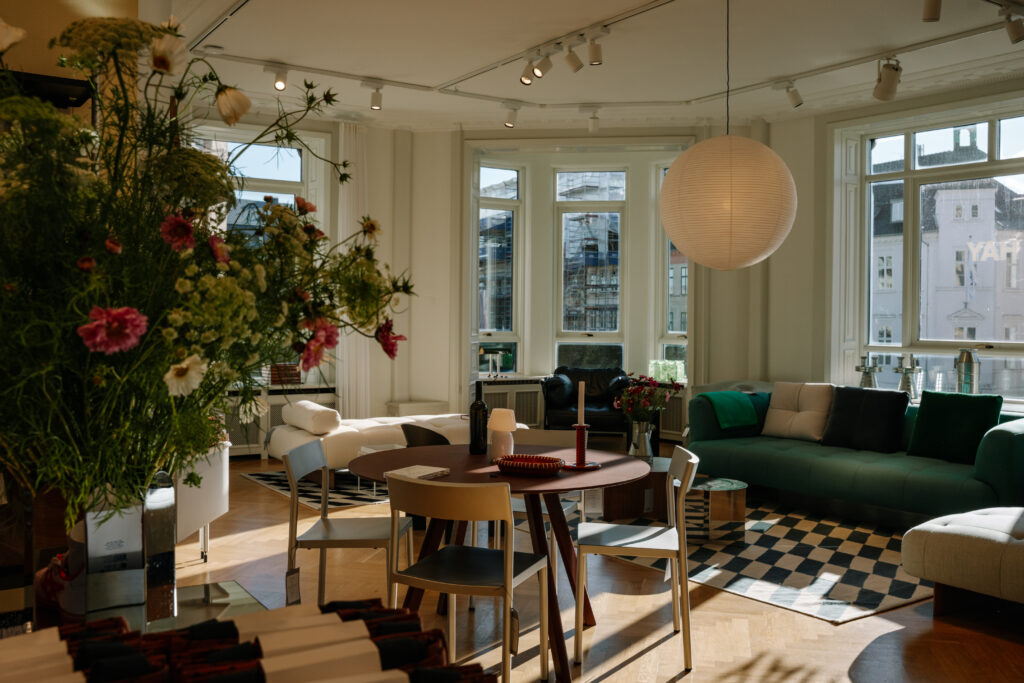
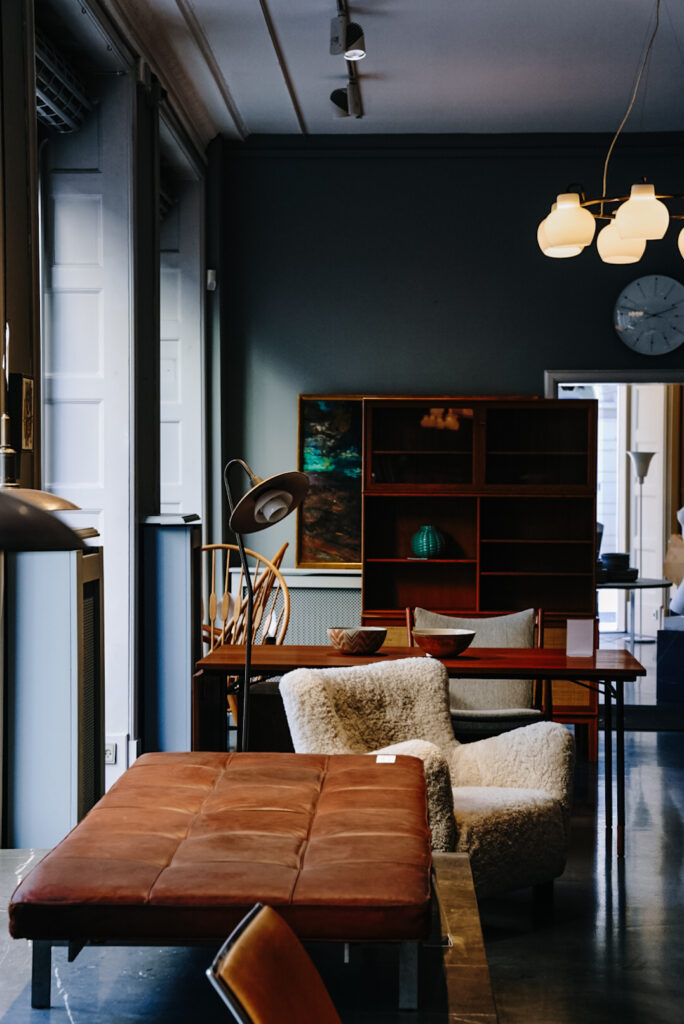
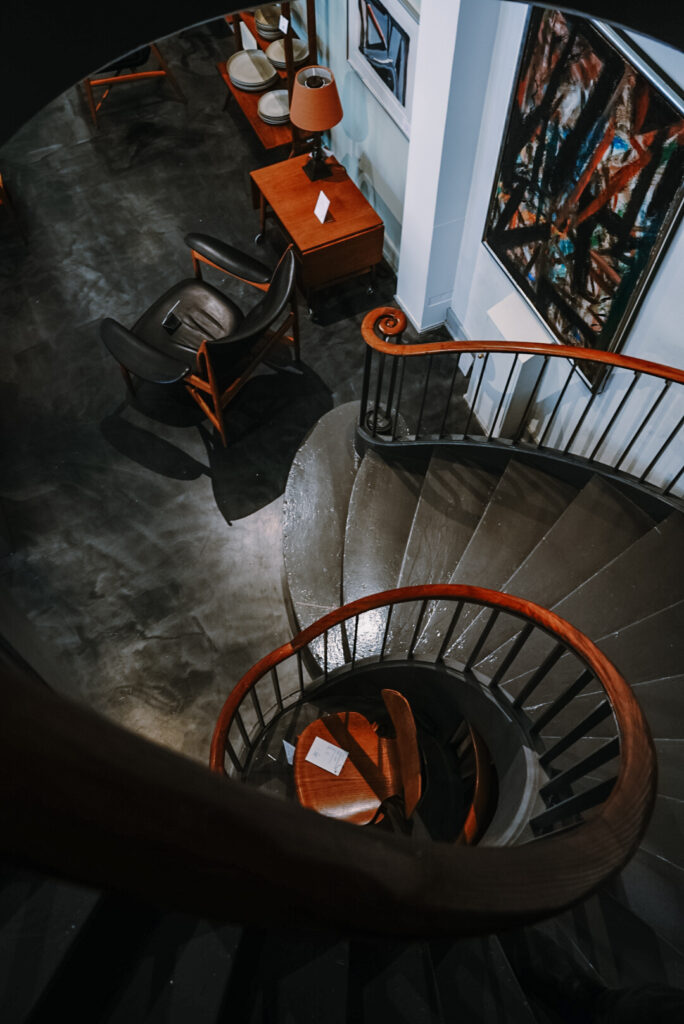
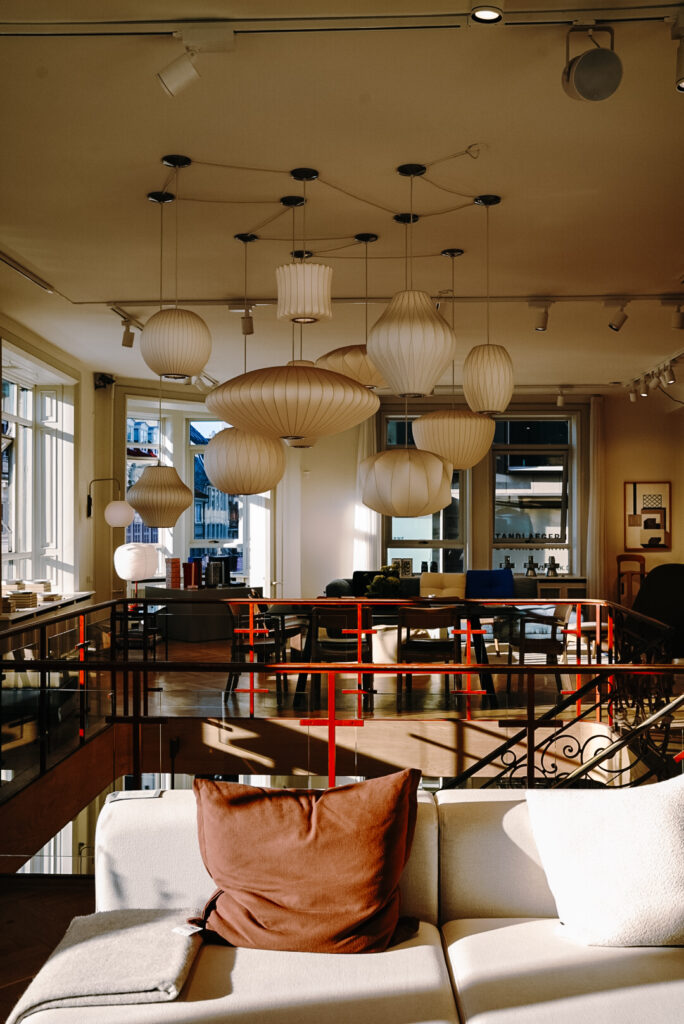
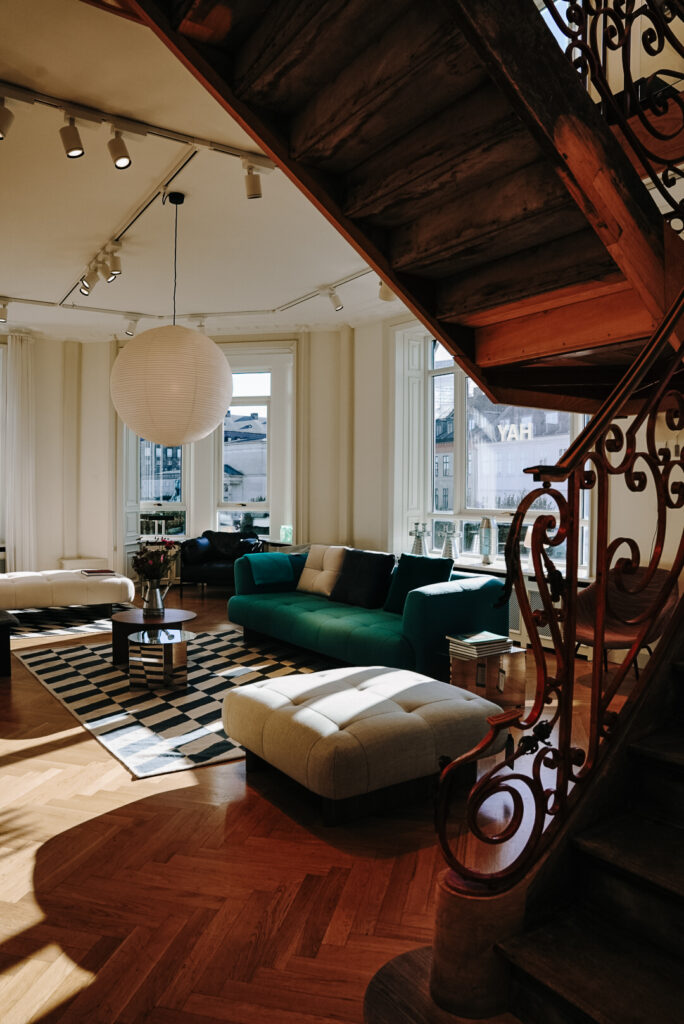
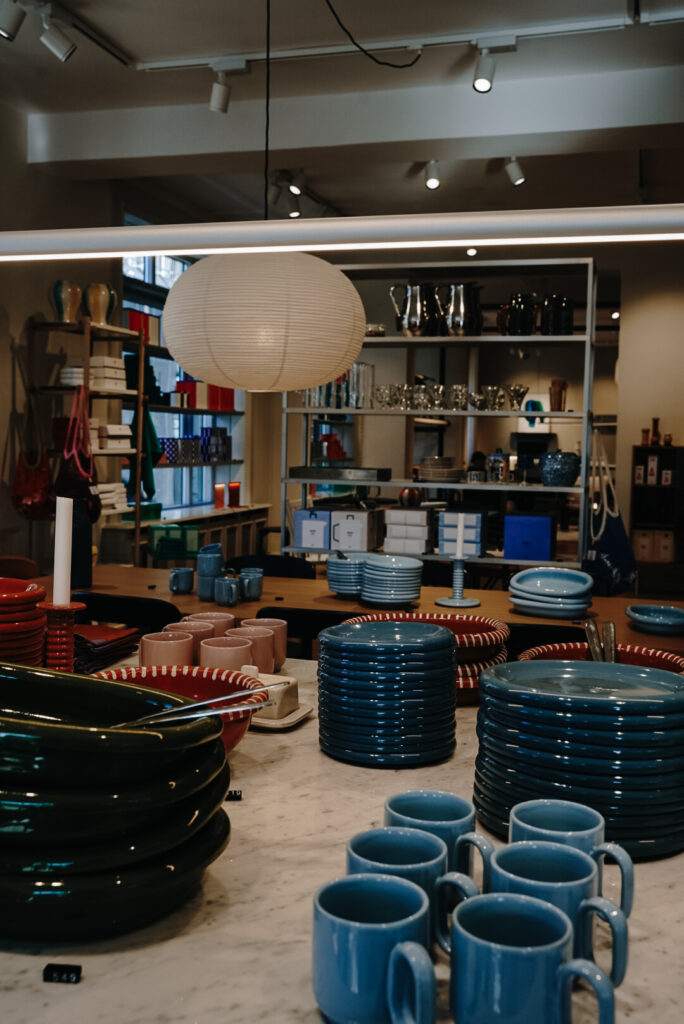
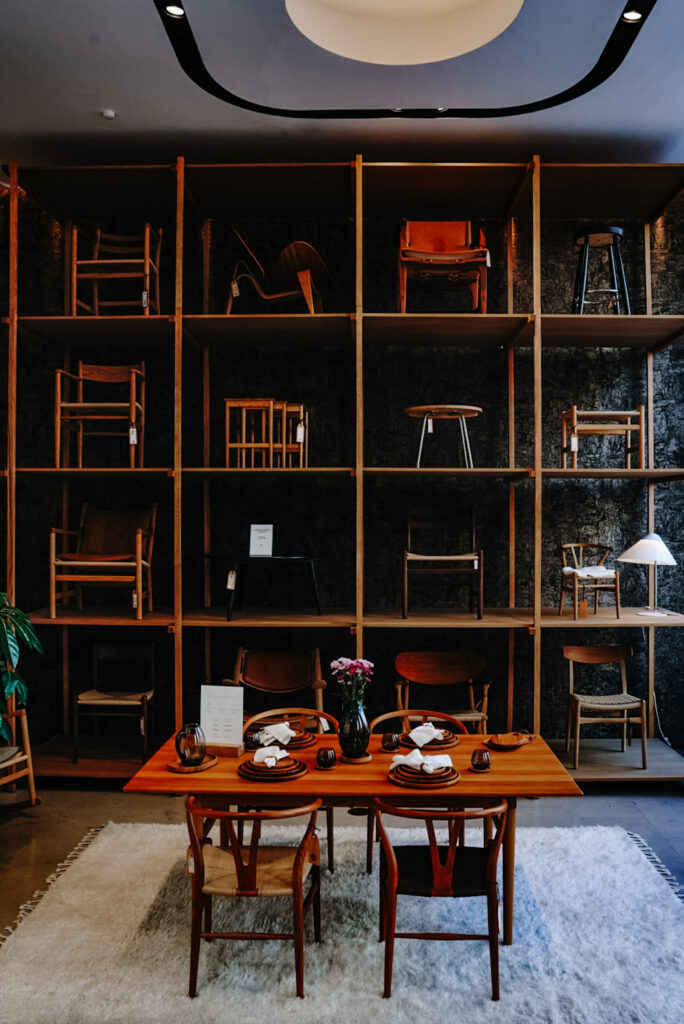
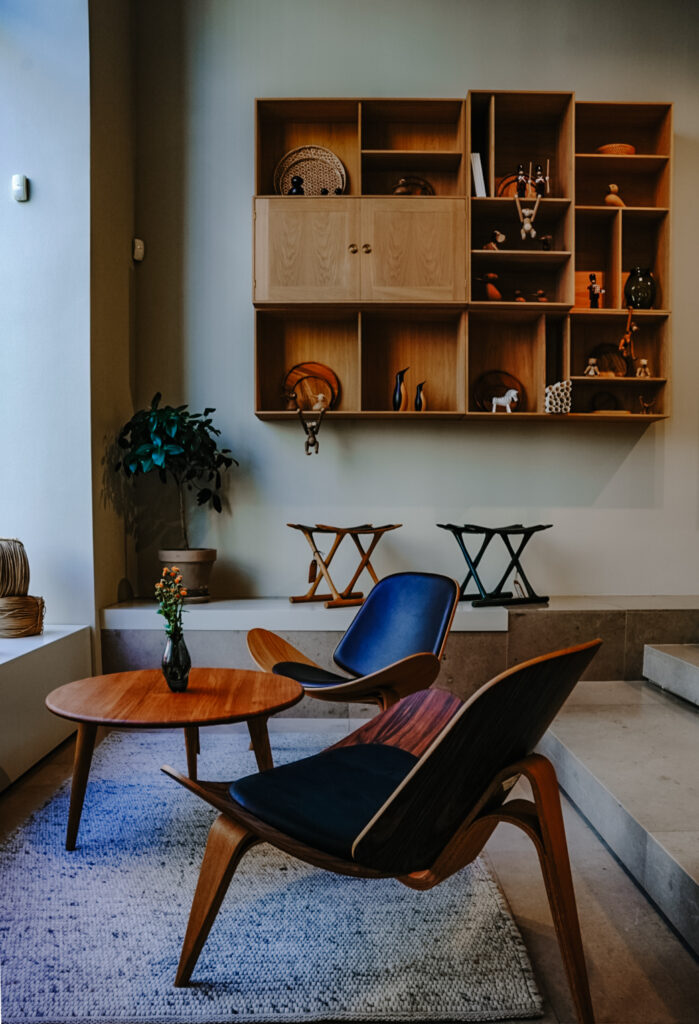
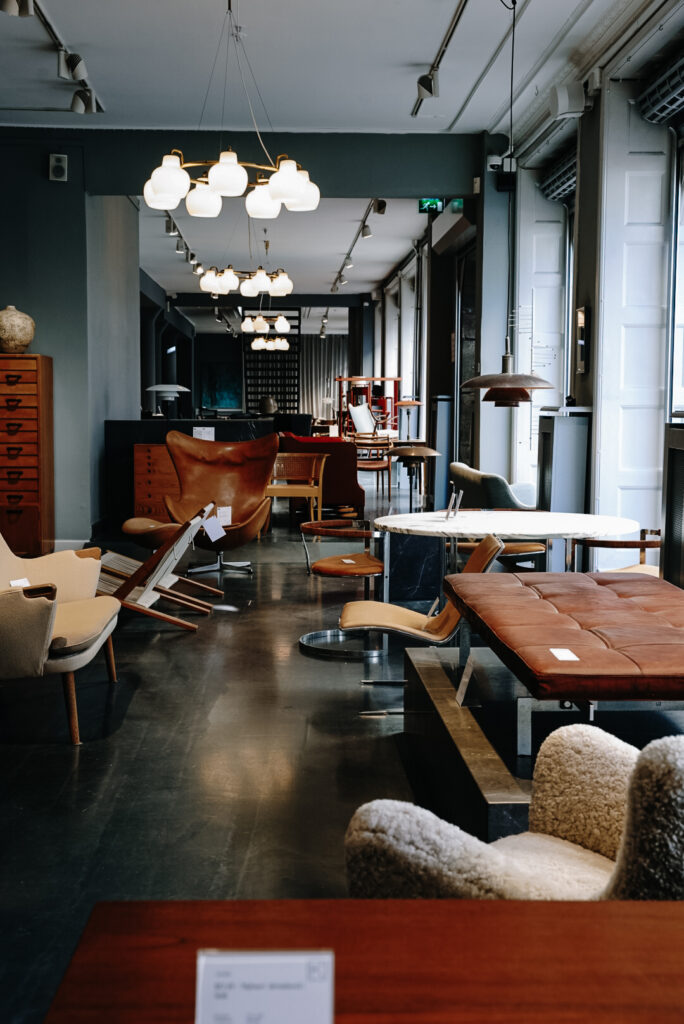
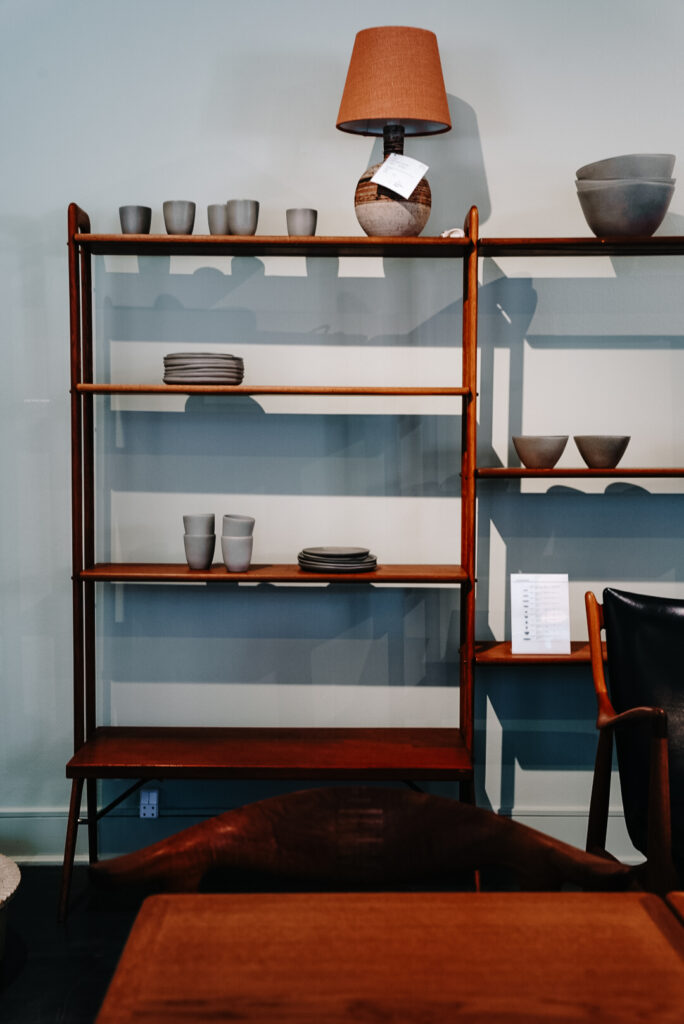
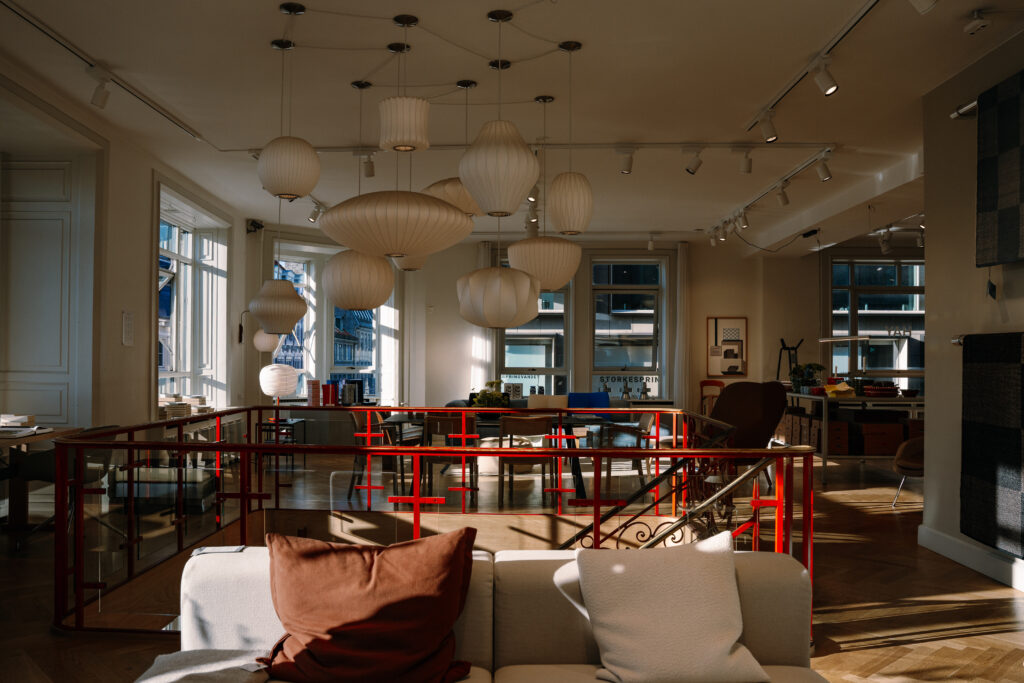
Danes take great care to ensure their cafes are beautiful, functional, and enhance life; they genuinely want to maintain common spaces. The phenomenon of cafes here often doesn't lie in serving the most exceptional food in the world, but in the fact that people want to stay in them, meet up, spend time with loved ones, and eat.
A few places worth visiting:
DØP The best hot dogs in Copenhagen! They also have a vegan version!
Elis Ice cream served in a warm donut – I don’t think I need to say more.
Andersen & Maillard Be sure to try the square croissants here! They also bake delicious yeast buns and pastries.
Gasoline Grill This unassuming spot serves the best burgers in town.
Hija de Sanchez Tacos that teleport you to Mexico from the industrial Meatpacking District.
Slurp Ramen Joint Ramen so good you’ll return to Copenhagen for it.
In the summer, check out La Banchina, which, in addition to food and wine, has its own pier with a beach and an incredible atmosphere.
Będąc w Kopenhadze, spróbujcie chleba z masłem i serem, który ostatnio przeżywa tu renesans (kto powie Duńczykom, że w Polsce jedliśmy to całe lata 90?). Poza tym smørrebrød, czyli duńskie otwarte kanapeczki, śledzie na wiele sposobów, rozgrzewające grzane wino na jamarkach świątecznych i maślane, ciepłe i otulające drożdżówki. Cynamonki i kardamonki dostaniecie tu wszędzie, tak jak owsiankę, np. z jabłkami i karmelem. Poza tym polecam słynne ciasto duńskie, które tu jest ciastem wiedeńskim (wienerdej), bo przywieźli je do Danii piekarze austriaccy. Kruche i delikatne ciastka mogą kryć w środku wszystko!
A few other places worth noting:
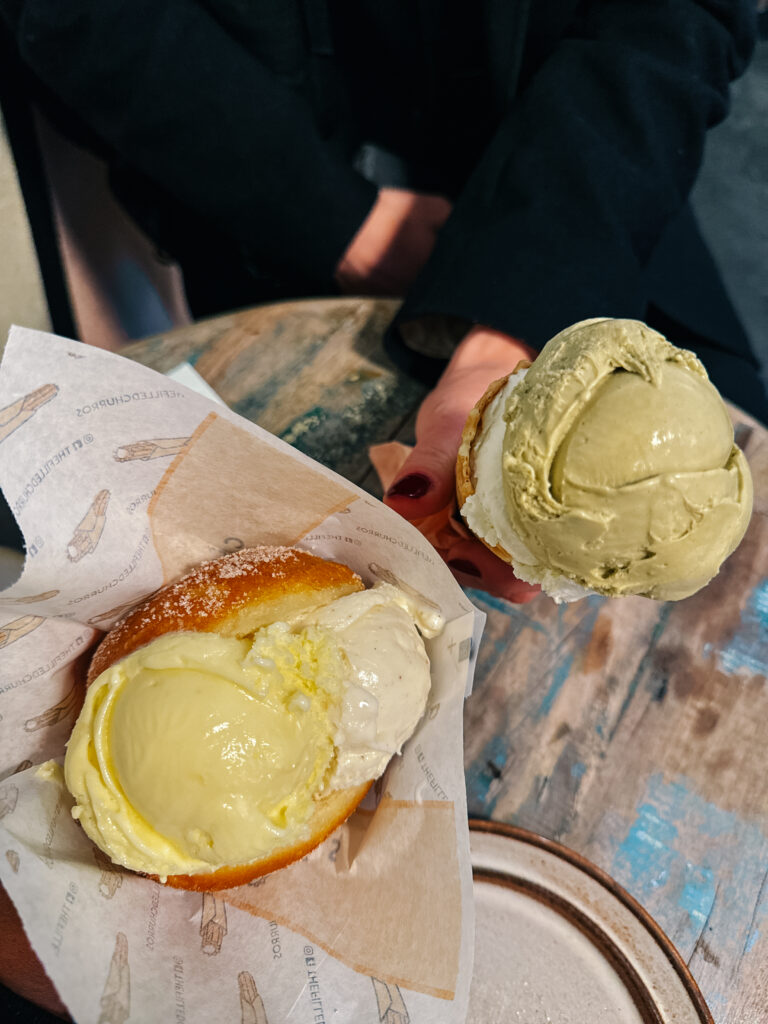
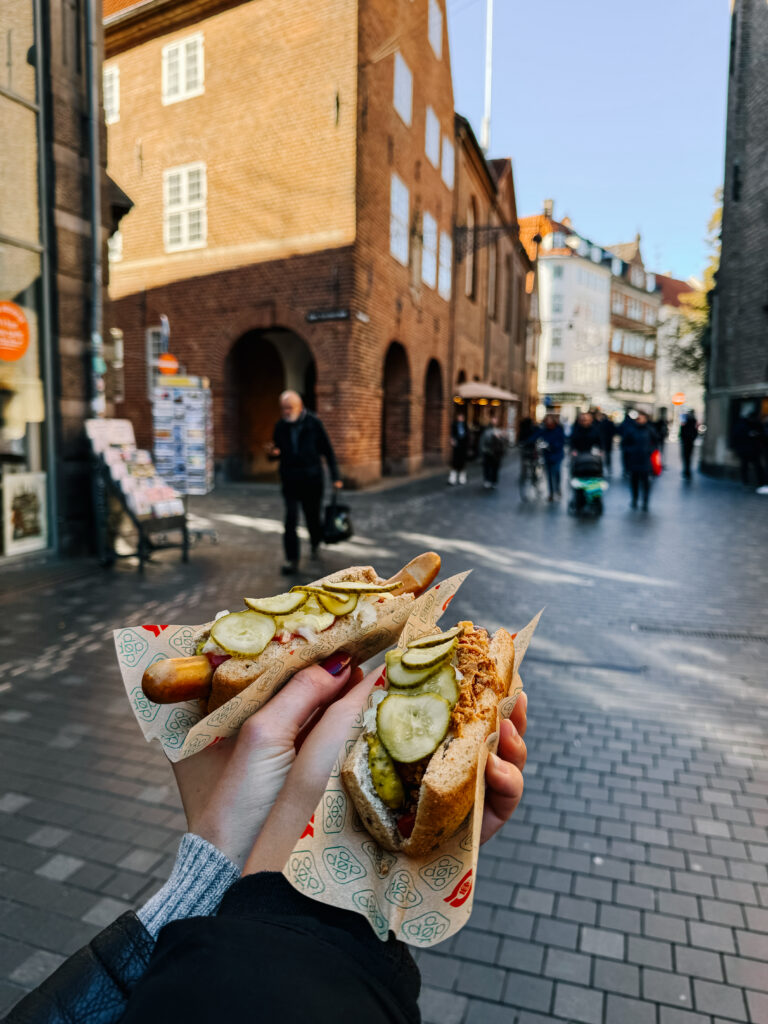
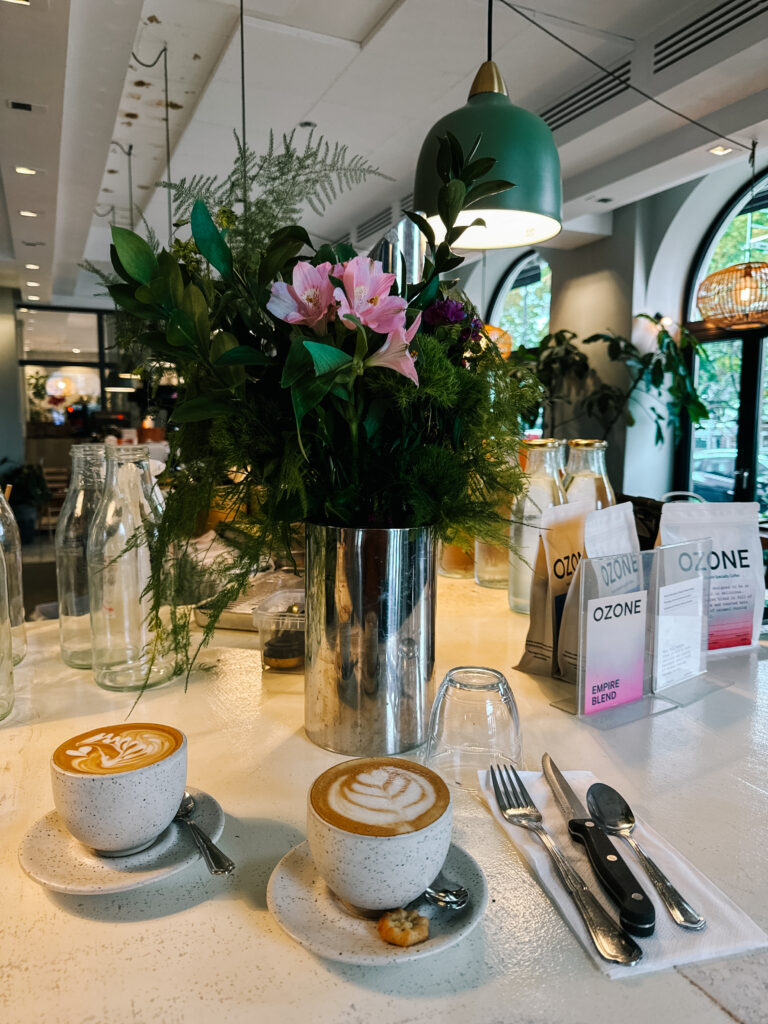
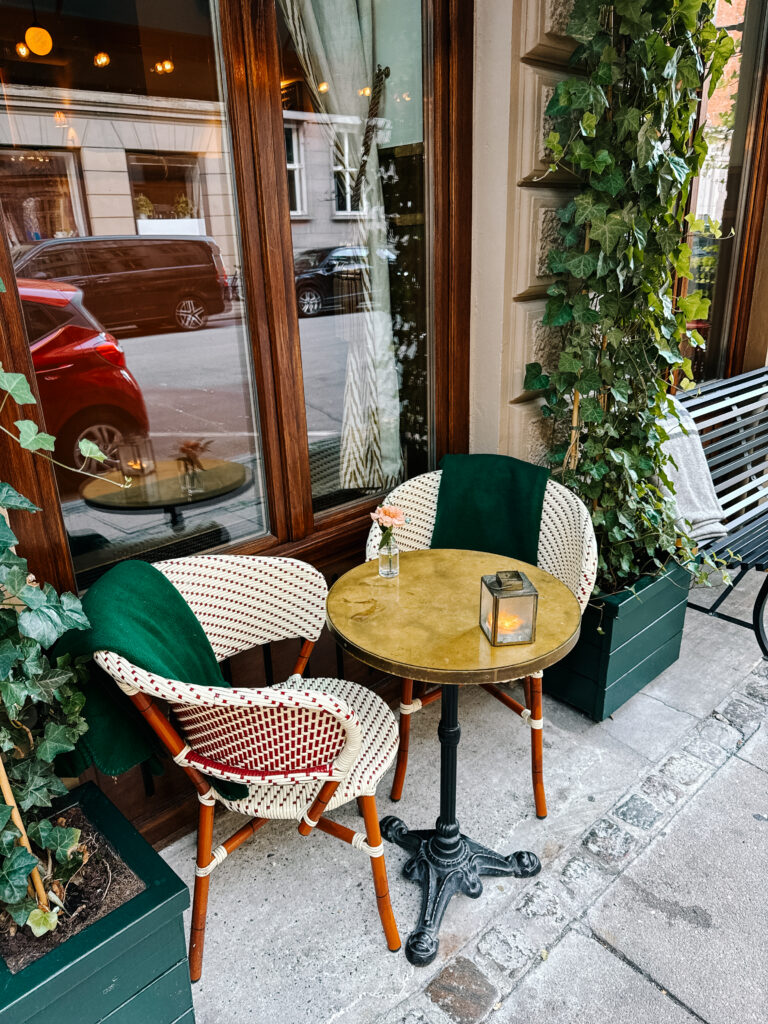
The library in Copenhagen, known as the Black Diamond (Den Sorte Diamant), is an iconic building that is part of the Danish Royal Library, blending modern and historic architecture.
The modern part opened in 1999. The building got its name thanks to the façade covered in shiny black granite from Zimbabwe, which beautifully reflects the light and the water of the nearby canal.
The historic part of the library dates back to 1906 and is a classic example of 19th-century Danish architecture. Built in the neo-Renaissance style, it features elegant details, high ceilings, and spaces full of historical character.
The asymmetrical shape and interior are equally impressive: both parts of the building are connected by a spectacular atrium that symbolizes the connection between tradition and modernity. The charm is also added by the spiral staircase and panoramic views of the city and canal.
The library not only houses priceless literary collections and manuscripts but also serves as a venue for cultural events, exhibitions, and concerts, making it one of Denmark’s most important intellectual and cultural centers.
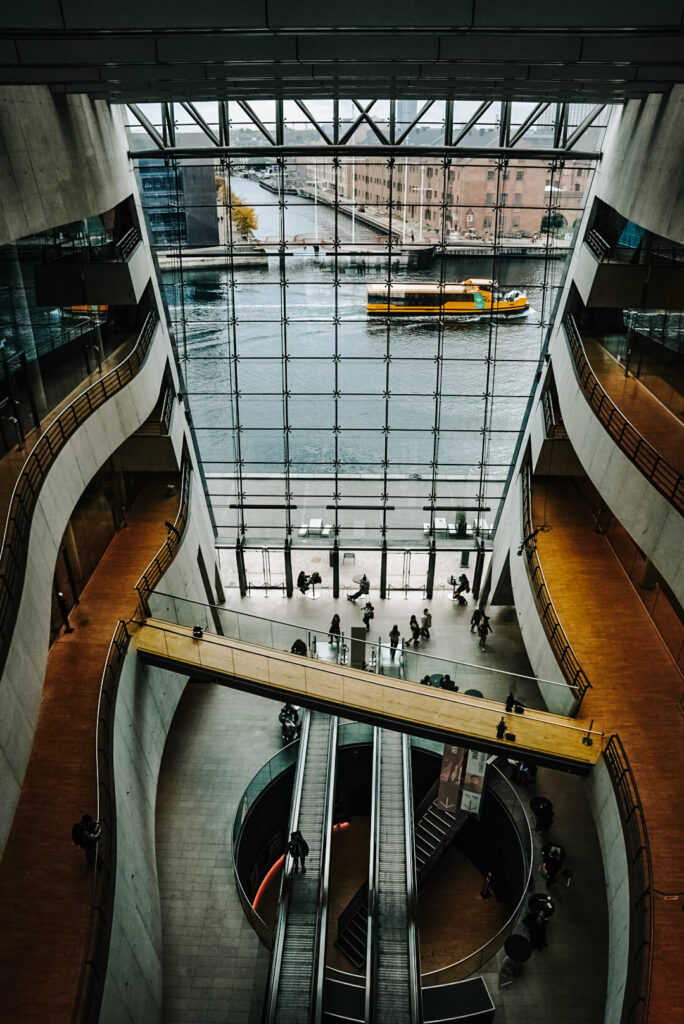
&Tradition is more than just a store where you go to look at or buy furniture and accessories. It’s a true living museum of Danish functional design, where the visit is the entire experience. The store, or rather the showroom, operates as a concept store: it presents exclusive collections of furniture, lamps, and accessories created by Denmark's greatest designers.
Several floors of the store offer a carefully considered exhibition space that combines functionality with aesthetics, inspiring the creation of beautiful, comfortable, and practical interiors. &Tradition celebrates craftsmanship, and here you'll find both classic, traditional designs as well as innovative solutions that harmoniously fit into the philosophy of Danish design.
Jeśli kochasz piękno, design, prostotę i inspirujące wnętrza, wizyta w &tradition to obowiązkowy punkt na mapie Kopenhagi. To miejsce nie tylko oferuje produkty, ale także opowiada historię i pozwala poczuć ducha duńskiego projektowania.
You won’t just walk in from the street – an appointment is required. You can do this by email. You’ll find the showroom address and email contact here.
I’m not including photos here because some of the design elements and furniture were still prototypes or part of the latest collections that haven’t been released yet. However, you can find photos on their website.
A must-visit! If I had to choose one museum to visit in Copenhagen, it would definitely be the Design Museum.
Located in a historic 18th-century hospital building, it is a prime example of excellent architecture that combines historic details with a modern approach to museum spaces.
This is one of Europe’s most important places dedicated to applied arts and design. Here you’ll find iconic furniture, lamps, fabrics, and ceramics by the most famous Danish designers, such as Arne Jacobsen (the creator of the iconic Egg and Swan chairs), Hans Wegner (Google his chair – you definitely know that design!), or Poul Henningsen, creator of the famous lamps for Louis Poulsen (you know those too!).
This place is a treasure trove of inspiration – the well-known Danish design philosophy needs no convincing, but it’s worth stepping in and allowing yourself to be inspired by the ideas behind Scandinavian art and craftsmanship. You’ll see and experience how design affects our daily lives and look at objects from a new perspective.
Additionally, you can participate in workshops, watch documentaries on design, or visit the museum gardens. There’s also a café and a fantastic design store where you’ll find unique accessories and books about applied arts.
I believe that every visit to this museum inspires you to look at everyday objects from an entirely new perspective, and it’s worth dedicating at least a few hours to it.
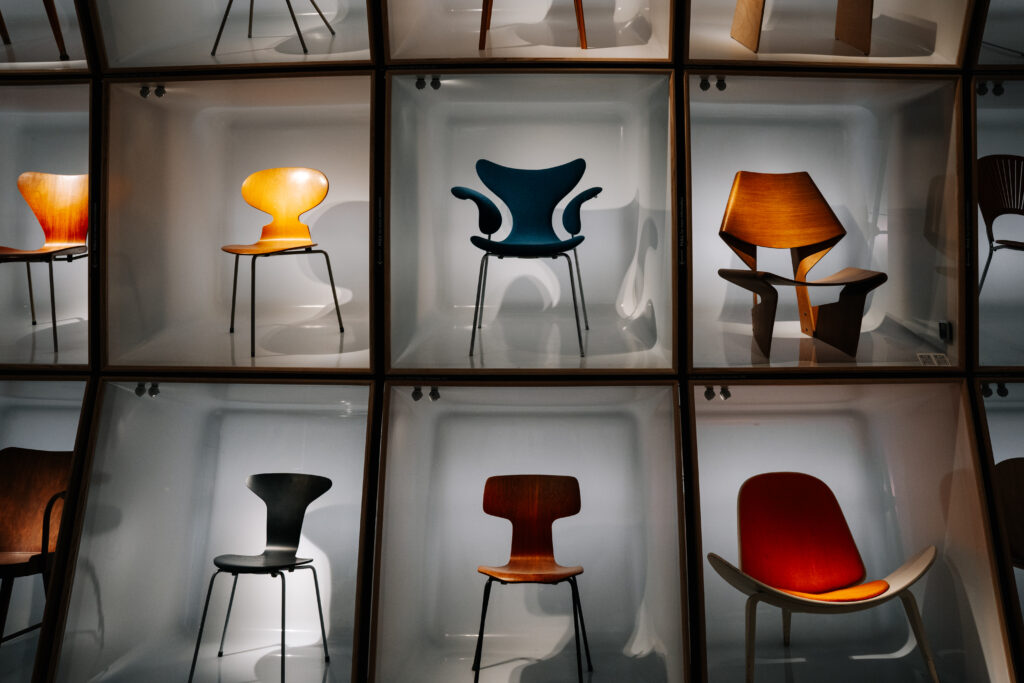
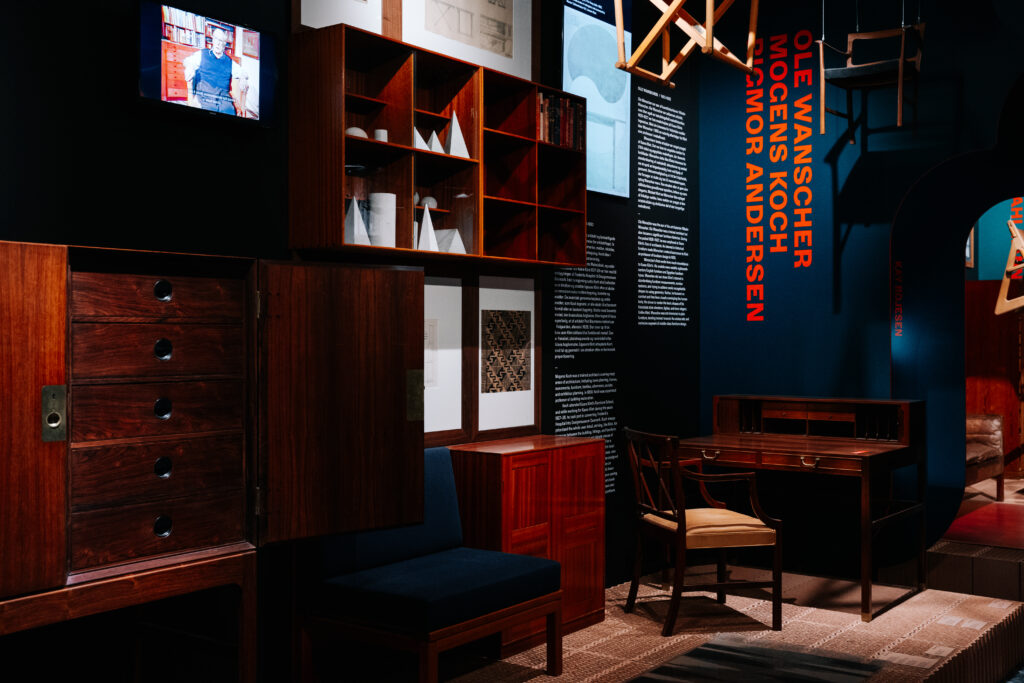
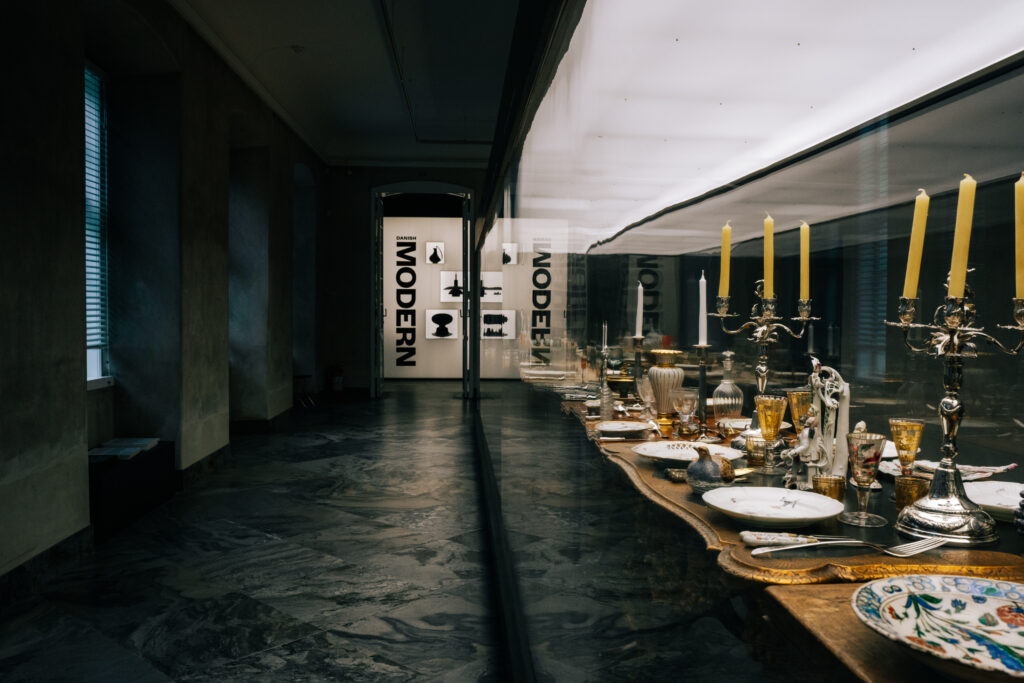
The Changing of the Guard at Amalienborg is one of the most distinctive traditions in Copenhagen. Every day at 12:00, the royal guard, dressed in their iconic uniforms with navy blue coats and tall bearskin hats, marches from the barracks near Rosenborg to Amalienborg Palace, the official residence of the Danish royal family.
The ceremony is especially impressive when the monarch is in residence, as the royal orchestra leads the guard. The entire event is open to the public and attracts both tourists and locals who want to admire the precision and traditional rituals of the royal guard.
The Changing of the Guard is not only a tourist attraction but also an expression of Danish culture and respect for the monarchy. It’s a great opportunity to soak in the royal spirit of Copenhagen and take beautiful photos in the majestic surroundings of Amalienborg Square.
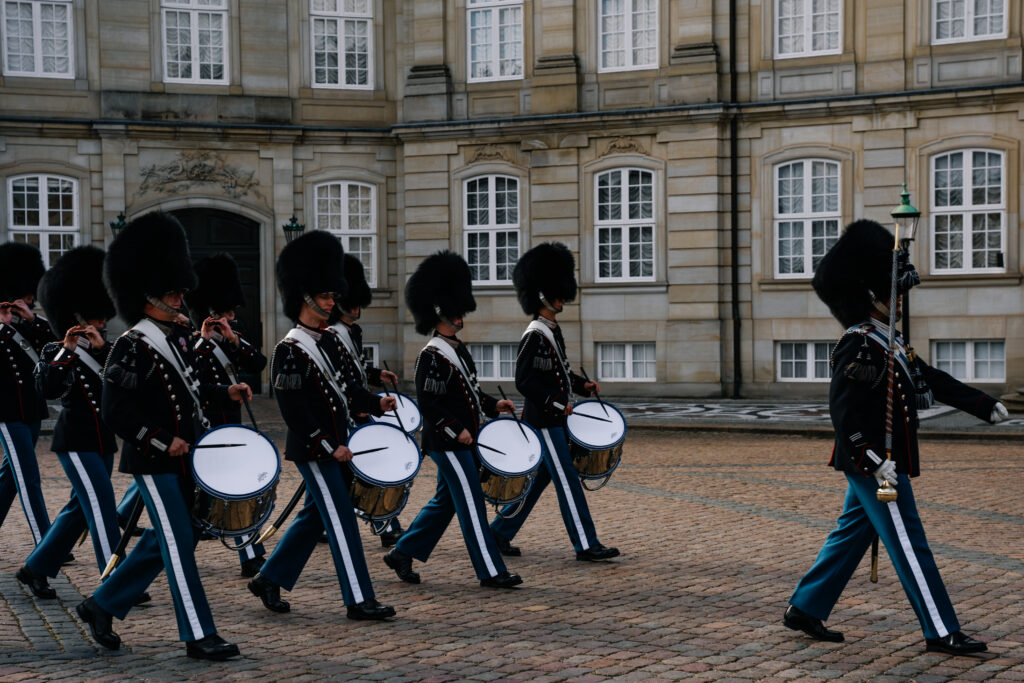
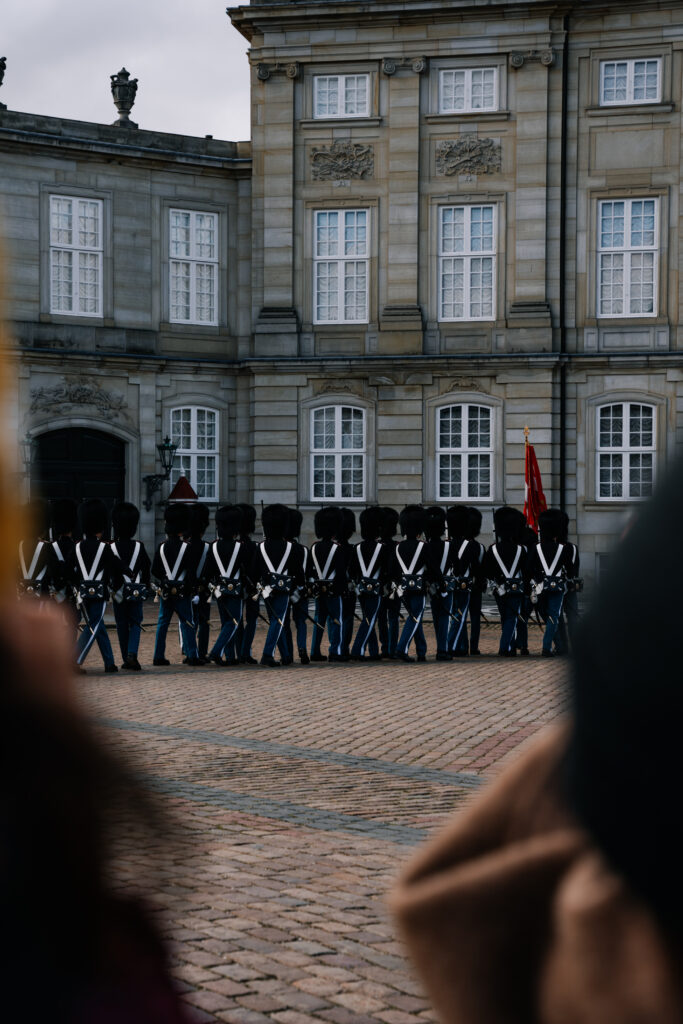
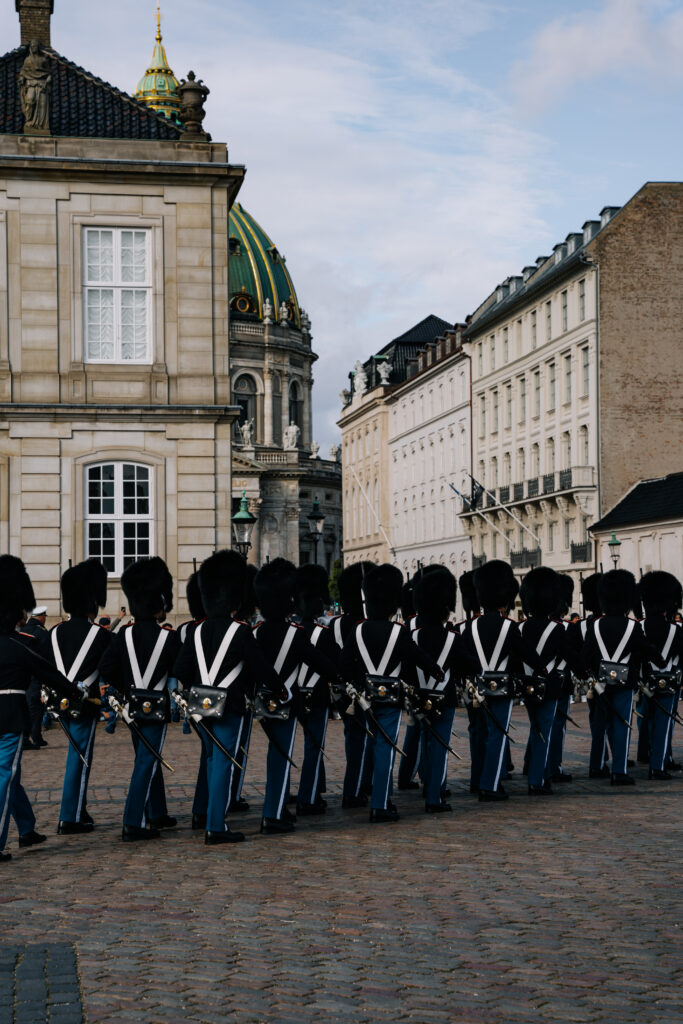
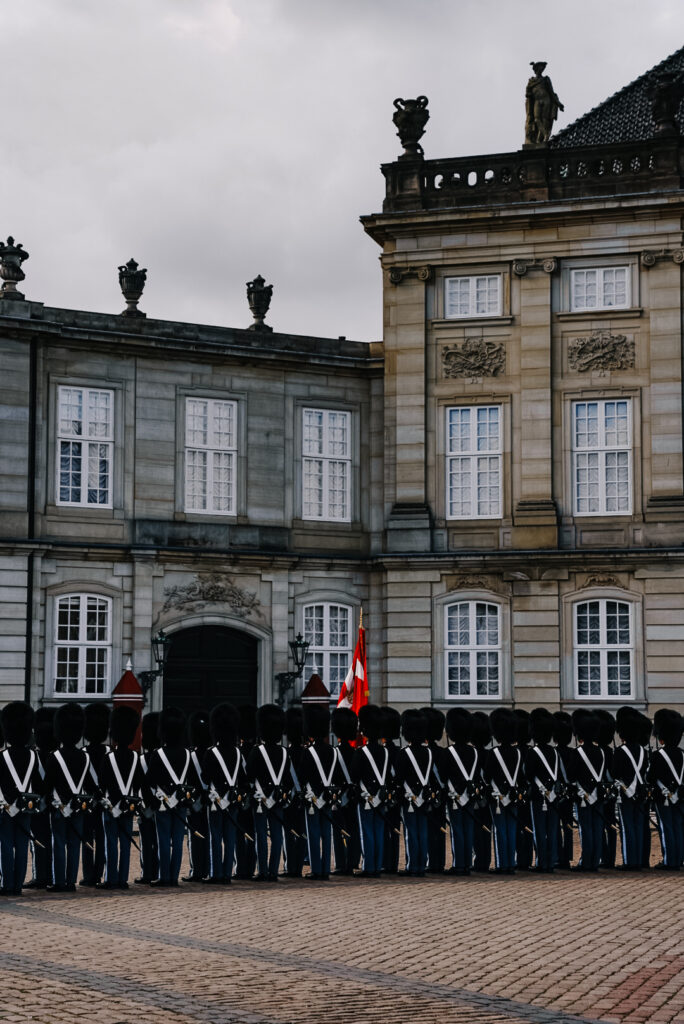
An original venue in a former church. It’s a mix between a cafeteria, a neighborhood meeting club, and a bar. You can come here for lunch, to play ping pong or chess, for yoga or dance classes, with kids, friends for breakfast, drinks, quizzes, bingo, or dinners with strangers. It’s a "community space," a space for everyone. The place radiates a good, neighborhood energy, and if I ever moved to Copenhagen, this would be one of the first places I’d go to find new friends.
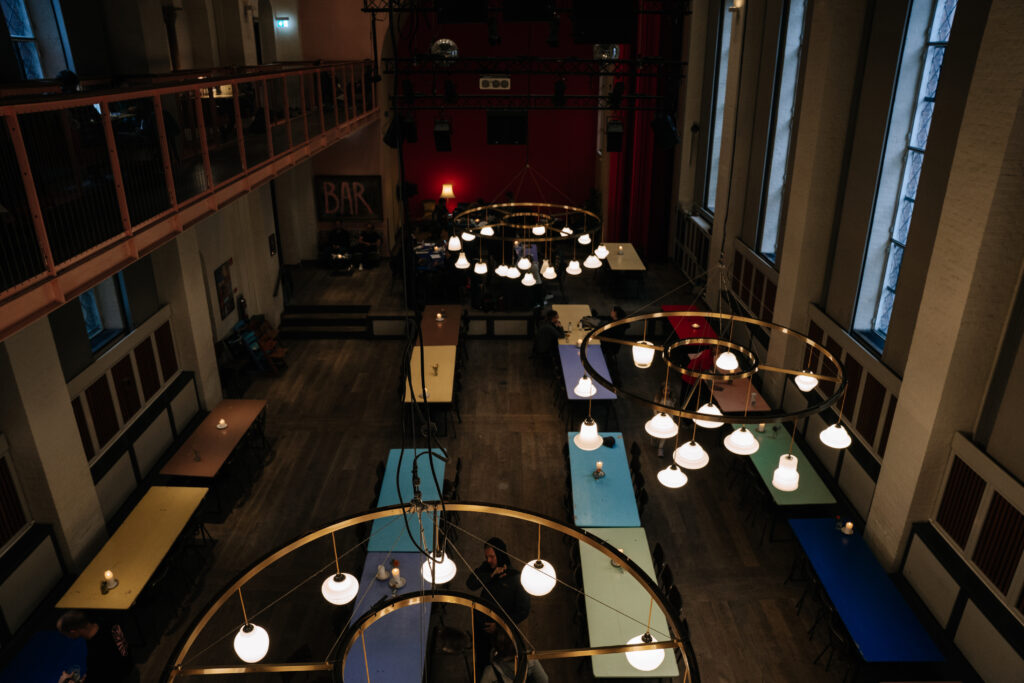
The oldest jazz bar in Copenhagen. Small and cozy, when there are no concerts, there are jam sessions, so it’s still worth coming to listen to music in this atmospheric space in the city center. Live music is offered from Friday to Sunday, from 9:00 PM to 1:00 AM. Entry for concerts is 100 DKK (57 PLN).
Copenhagen is a city for lovers of beauty, for those seeking exceptional design, for fans of modern solutions, and for those who enjoy relaxing close to nature. It’s also a city from which all other cities in the world should learn about approaches to aesthetics, nature, climate, and design.
Copenhagen offers proximity to the sea, beautiful architecture, and hundreds of kilometers of bike paths. The city can easily be explored by bike, making you feel like part of this well-designed urban fabric.
Finally, Copenhagen represents a high level of social trust, a strong sense of belonging to the community, and a commitment to fairness within it. The best proof of honesty can be seen in the self-service street markets or simple tables with honey or preserves left out on the street. A Danish friend once told me that until recently, his neighbors didn’t lock their doors when leaving for work, and when he was a child, nobody did, even in the city. This inner compass pointing to honesty is something the whole world could borrow from the Danes sometimes.
